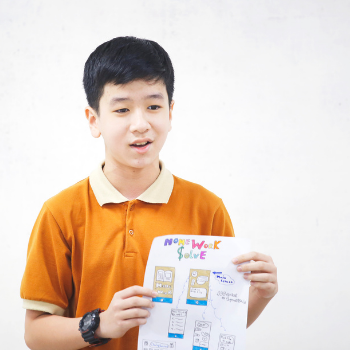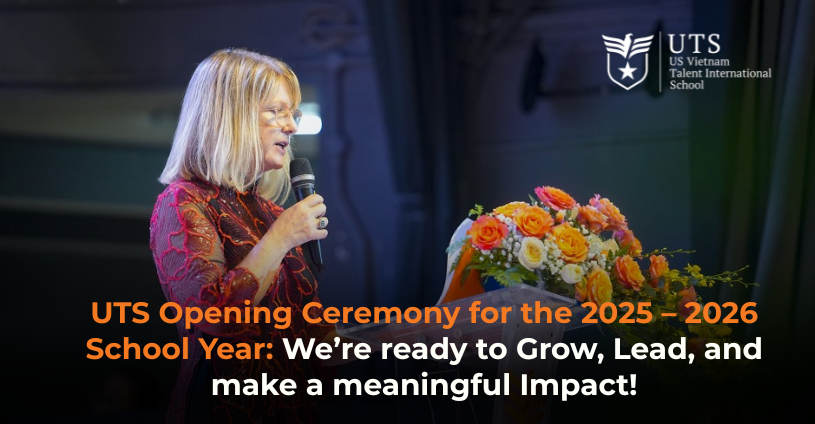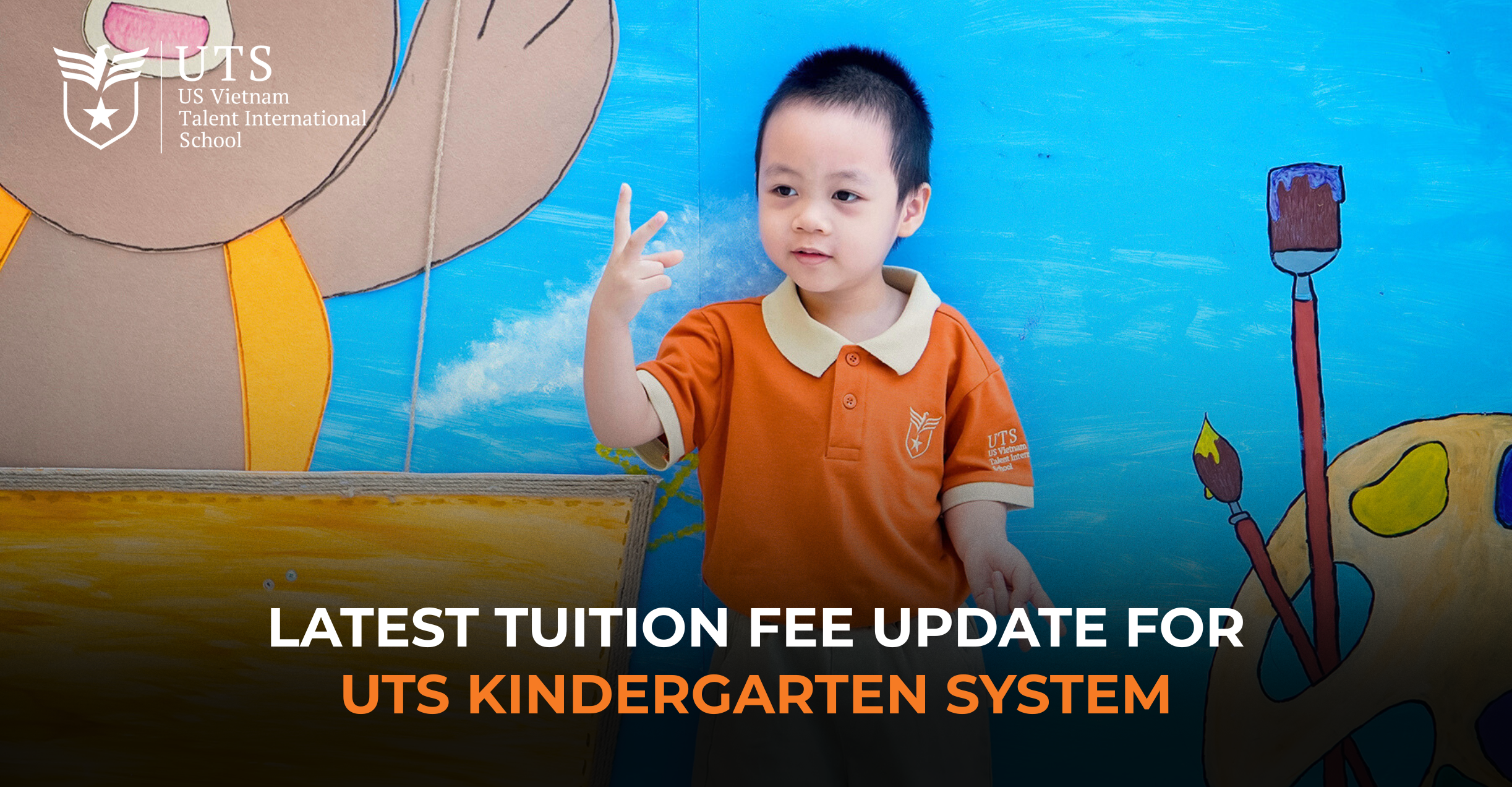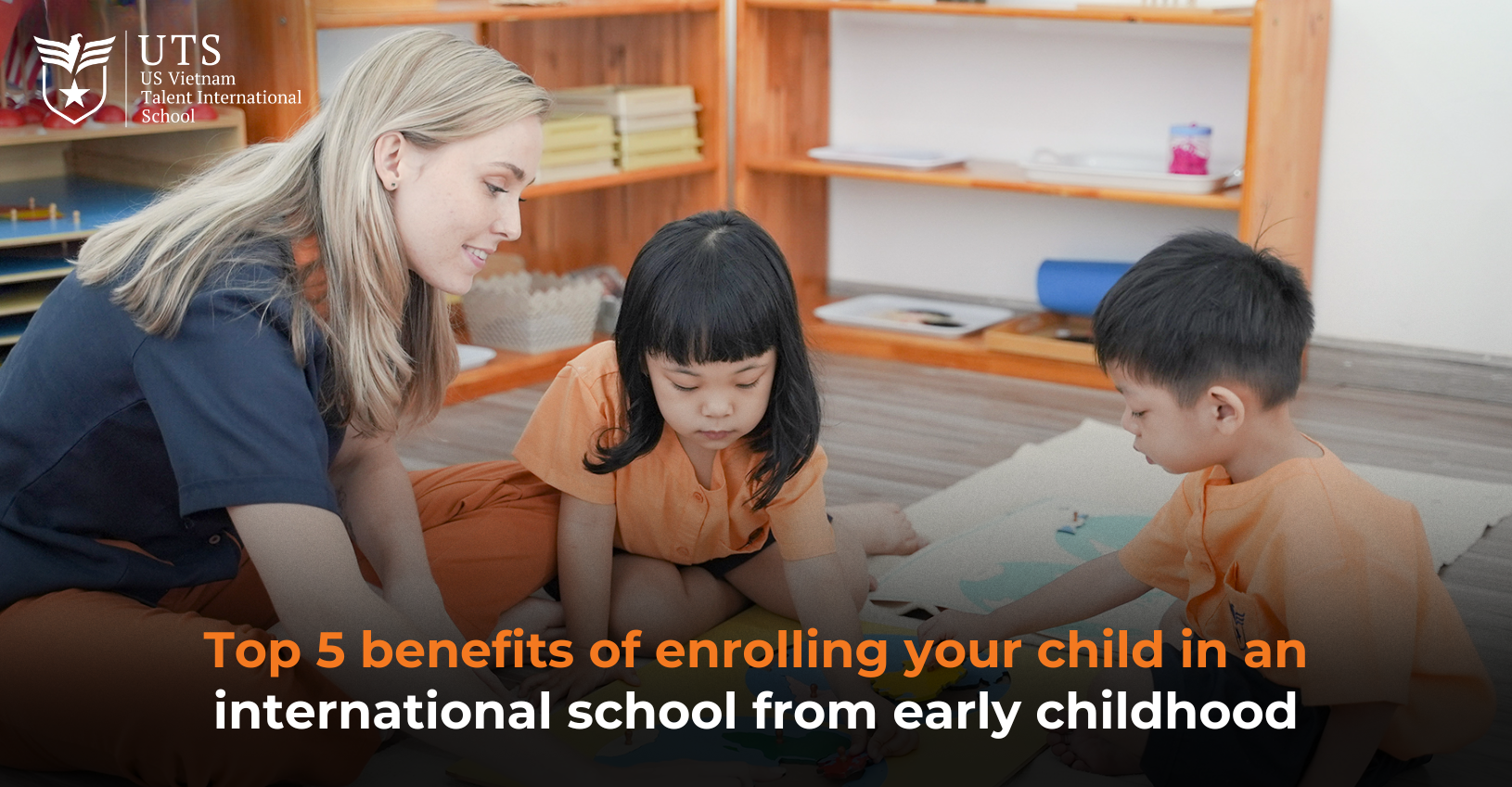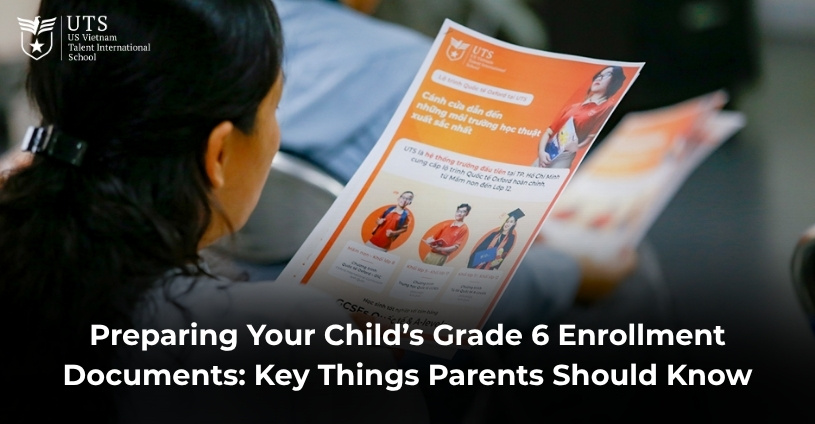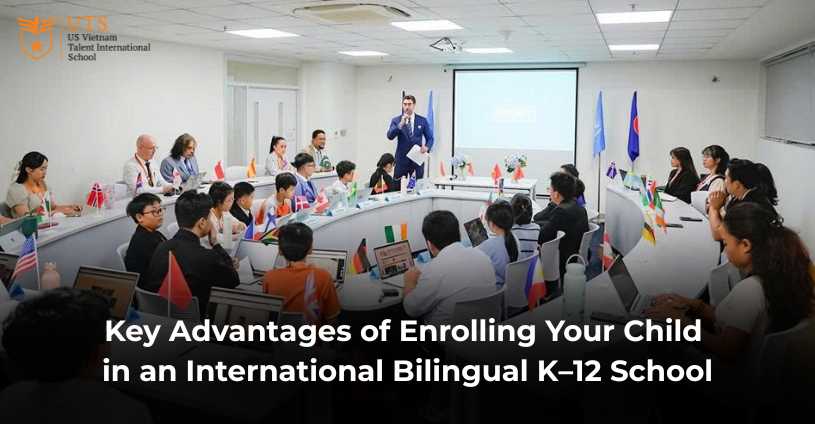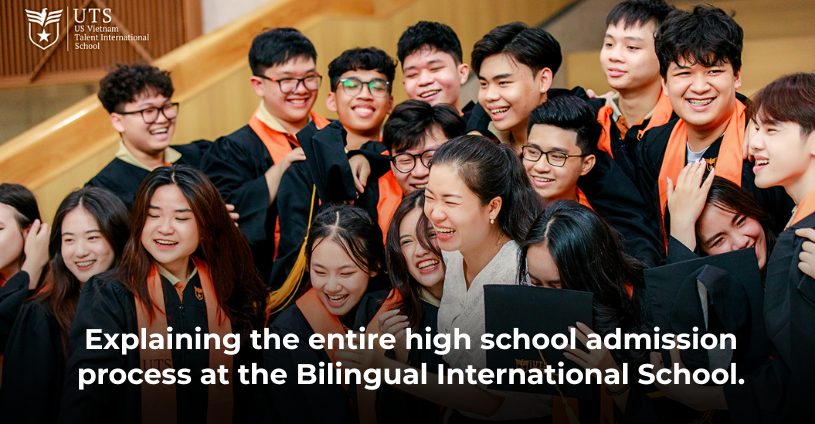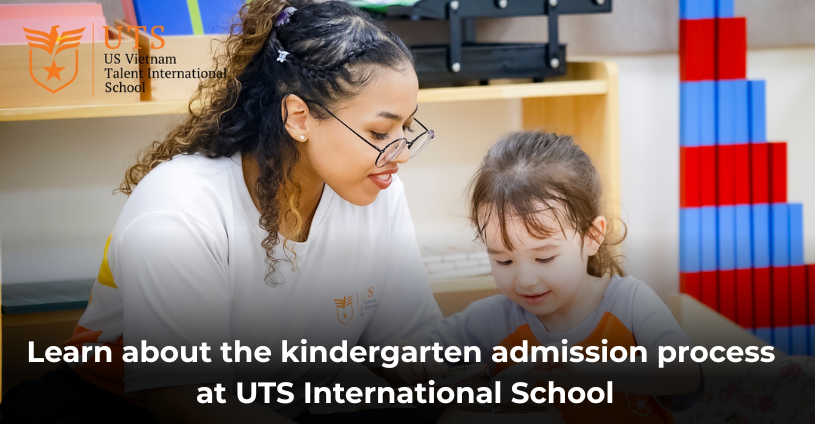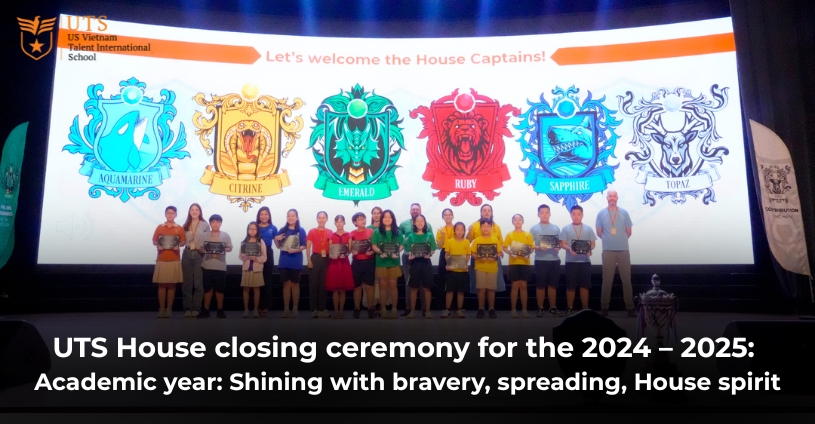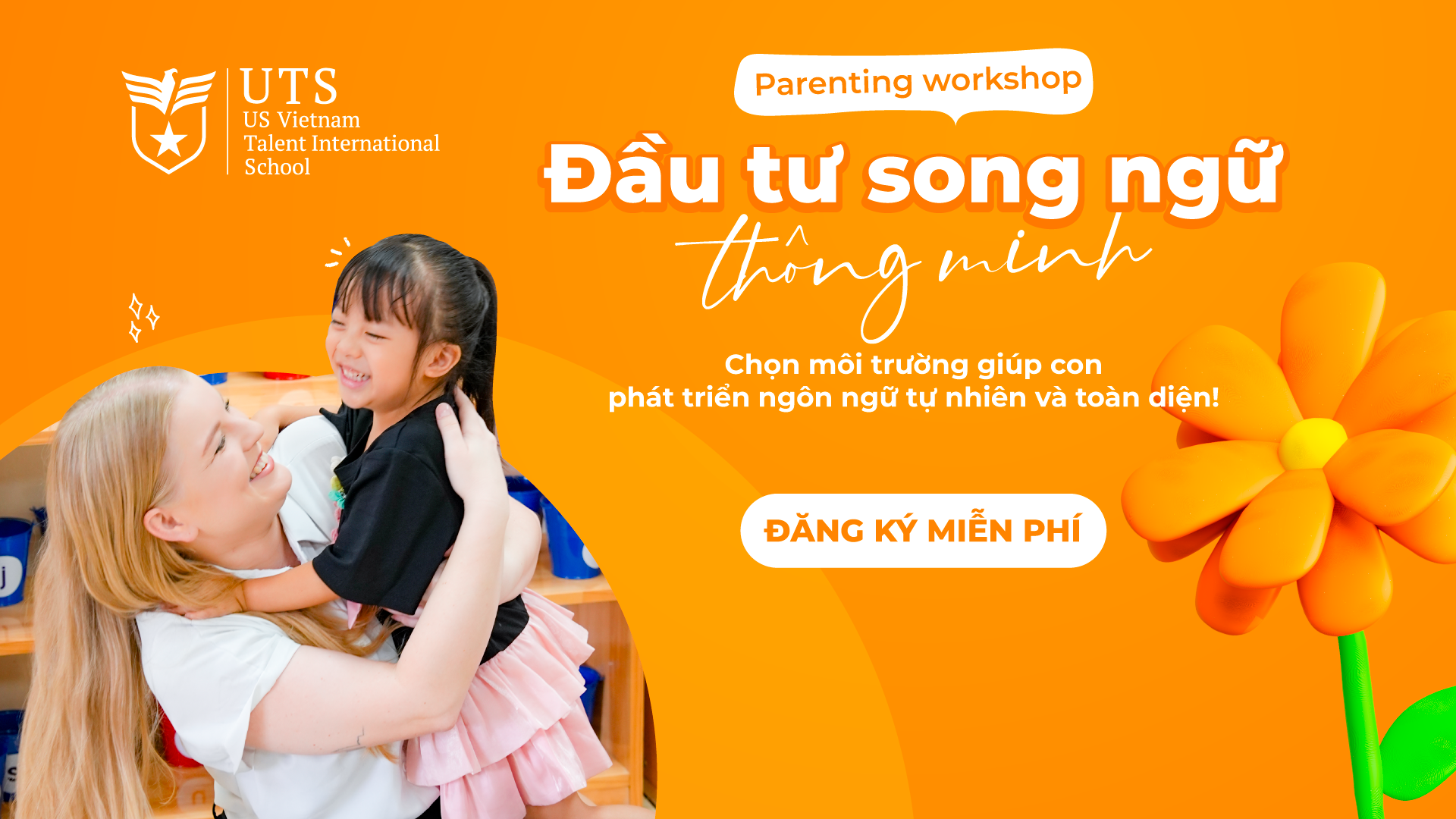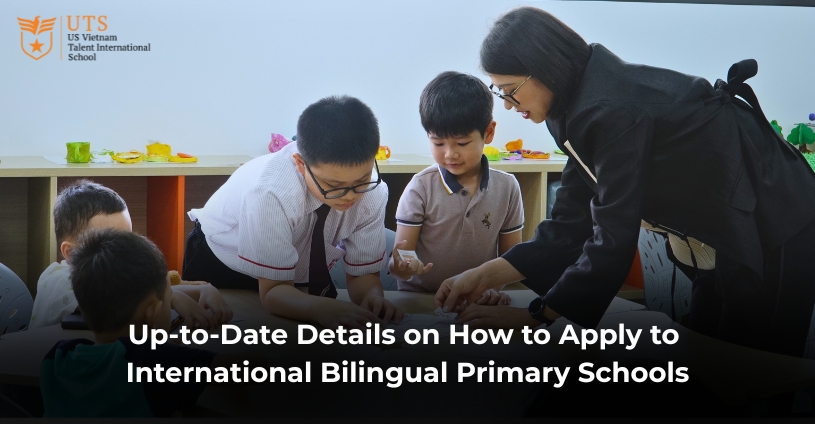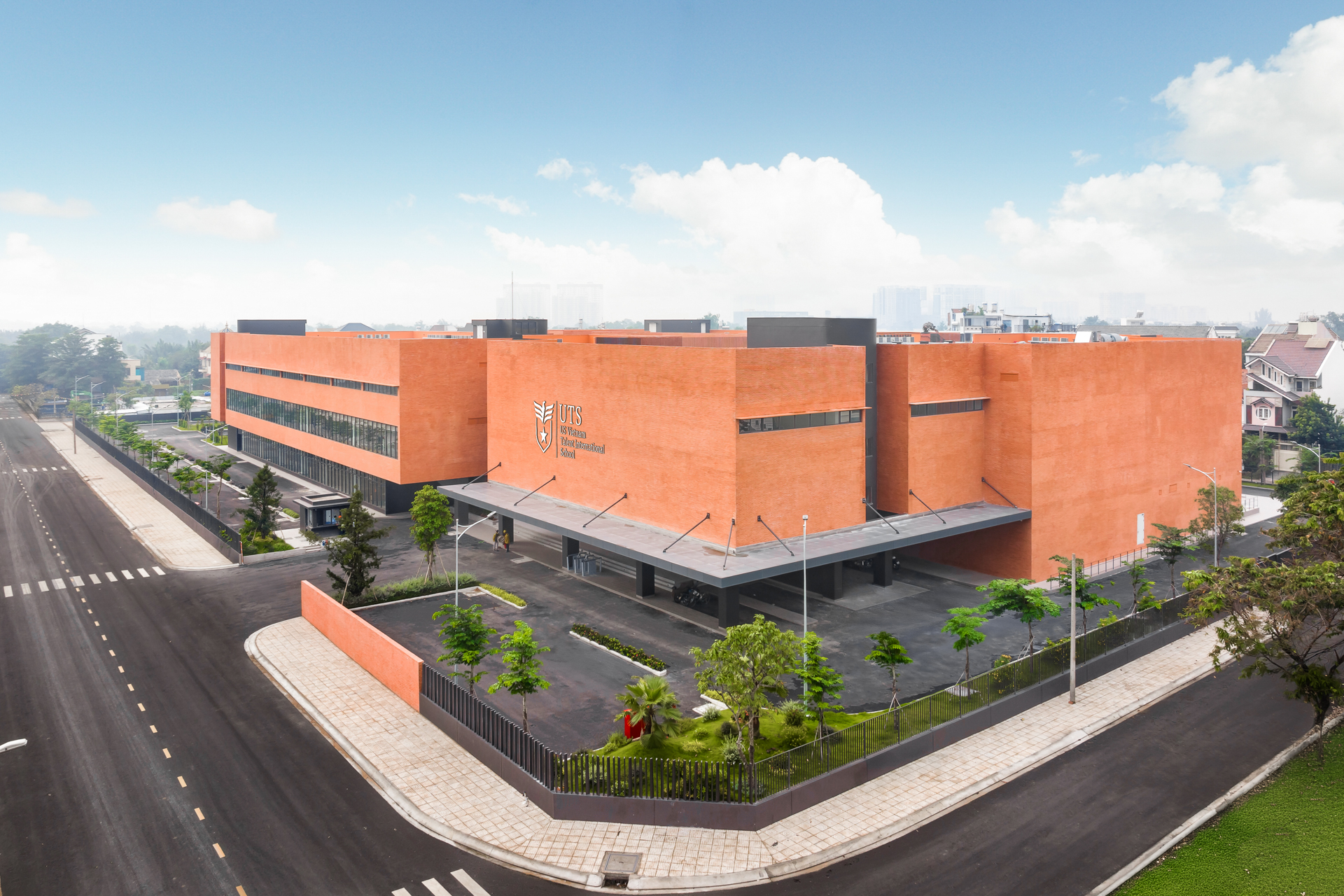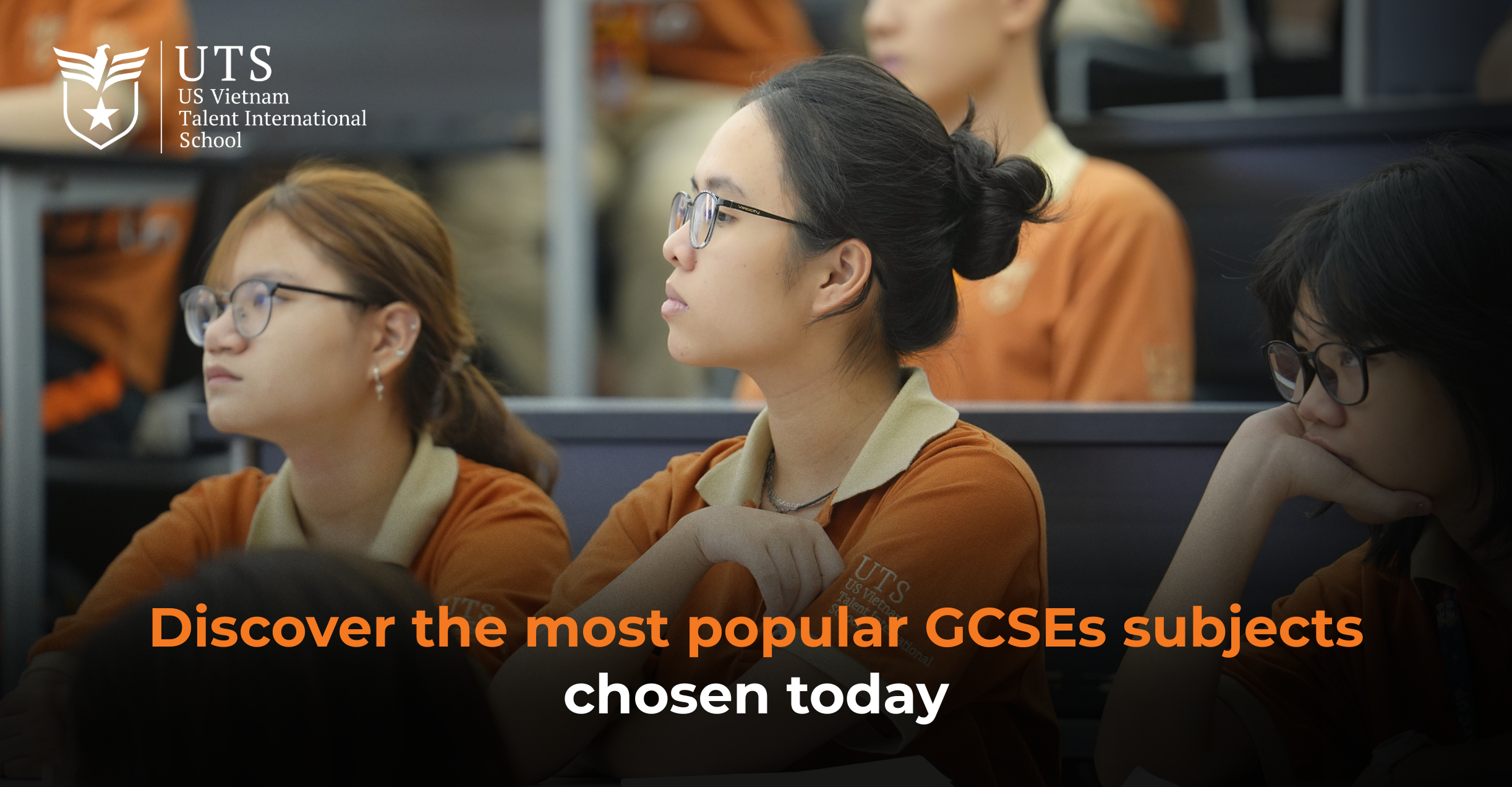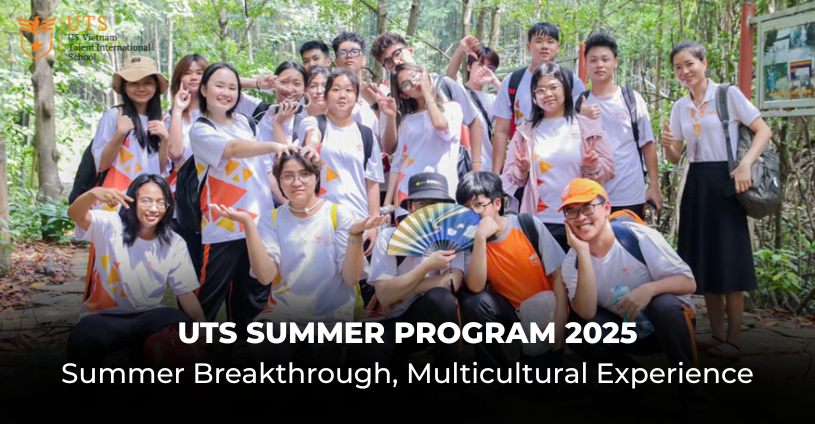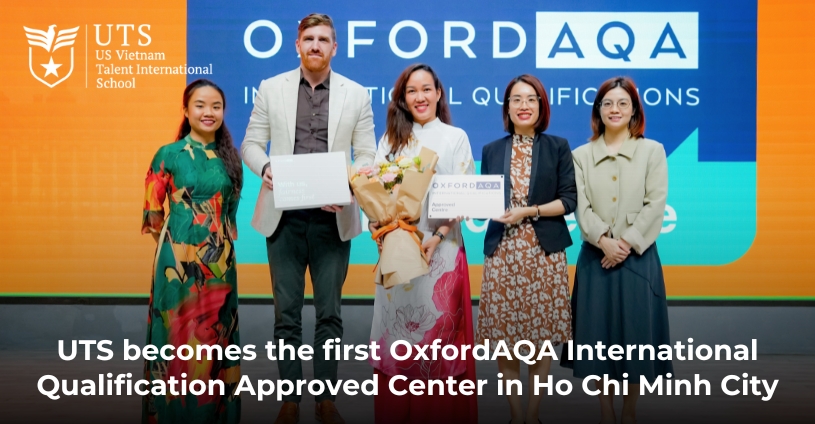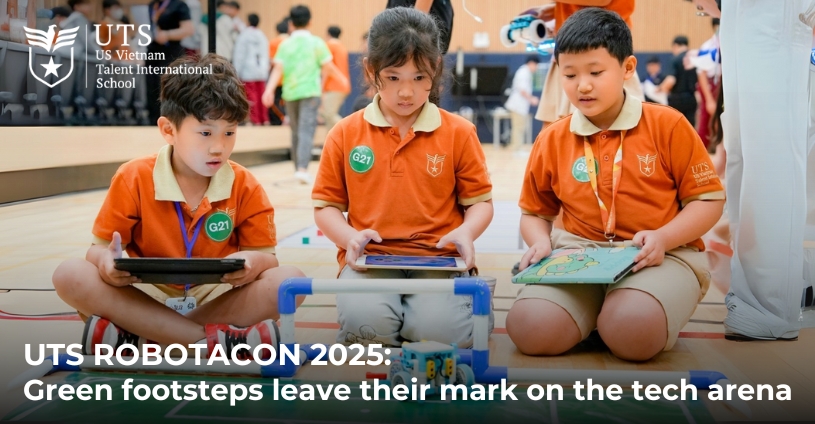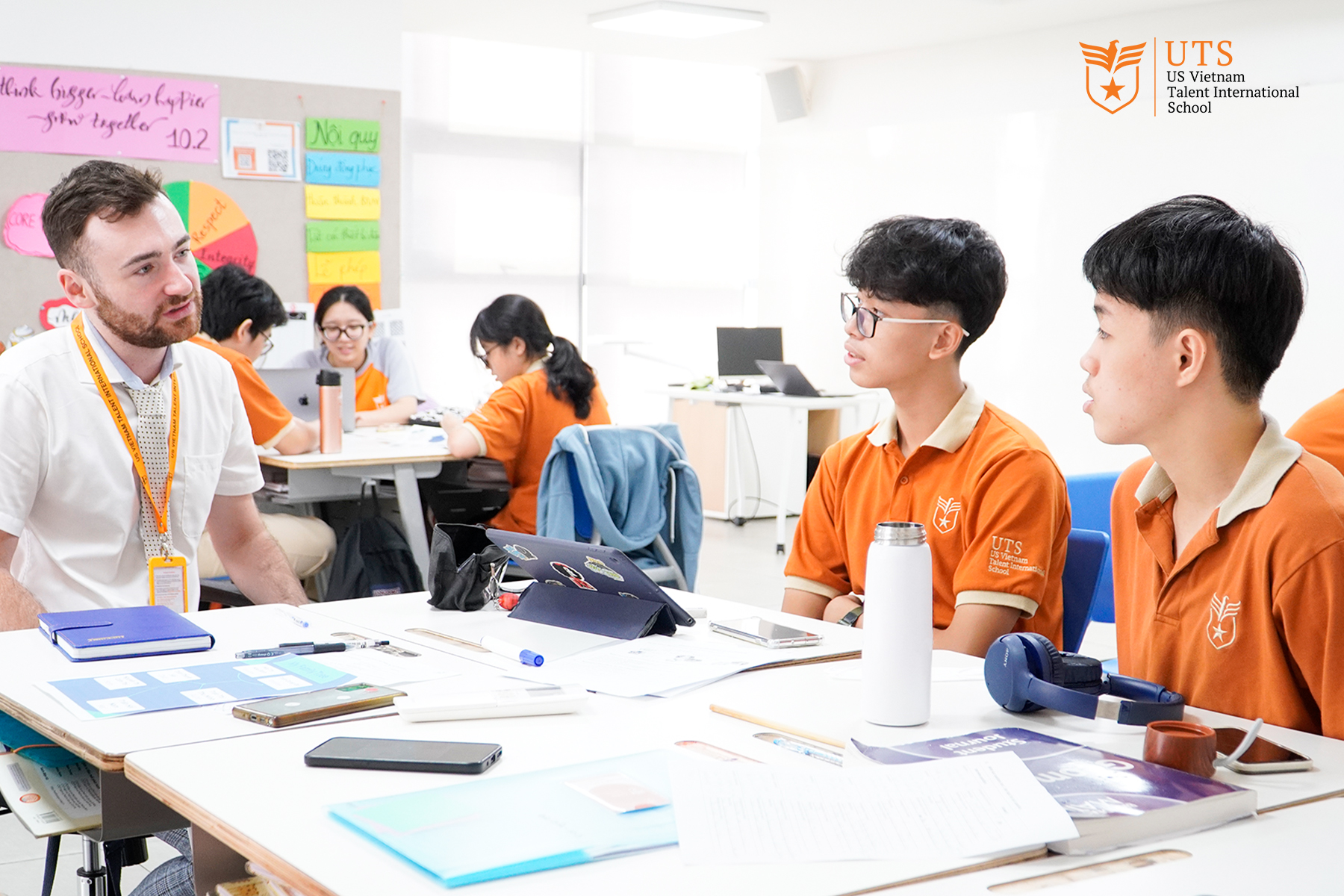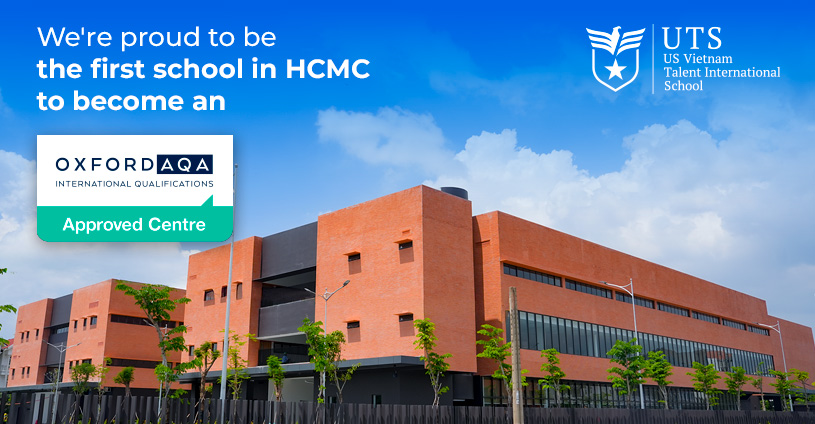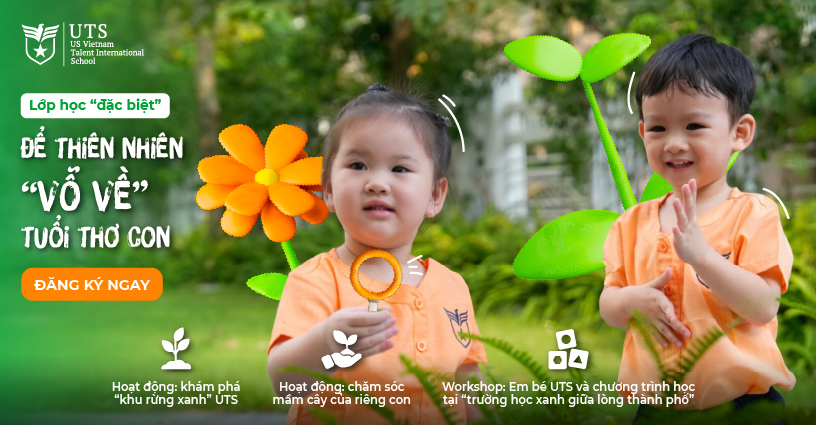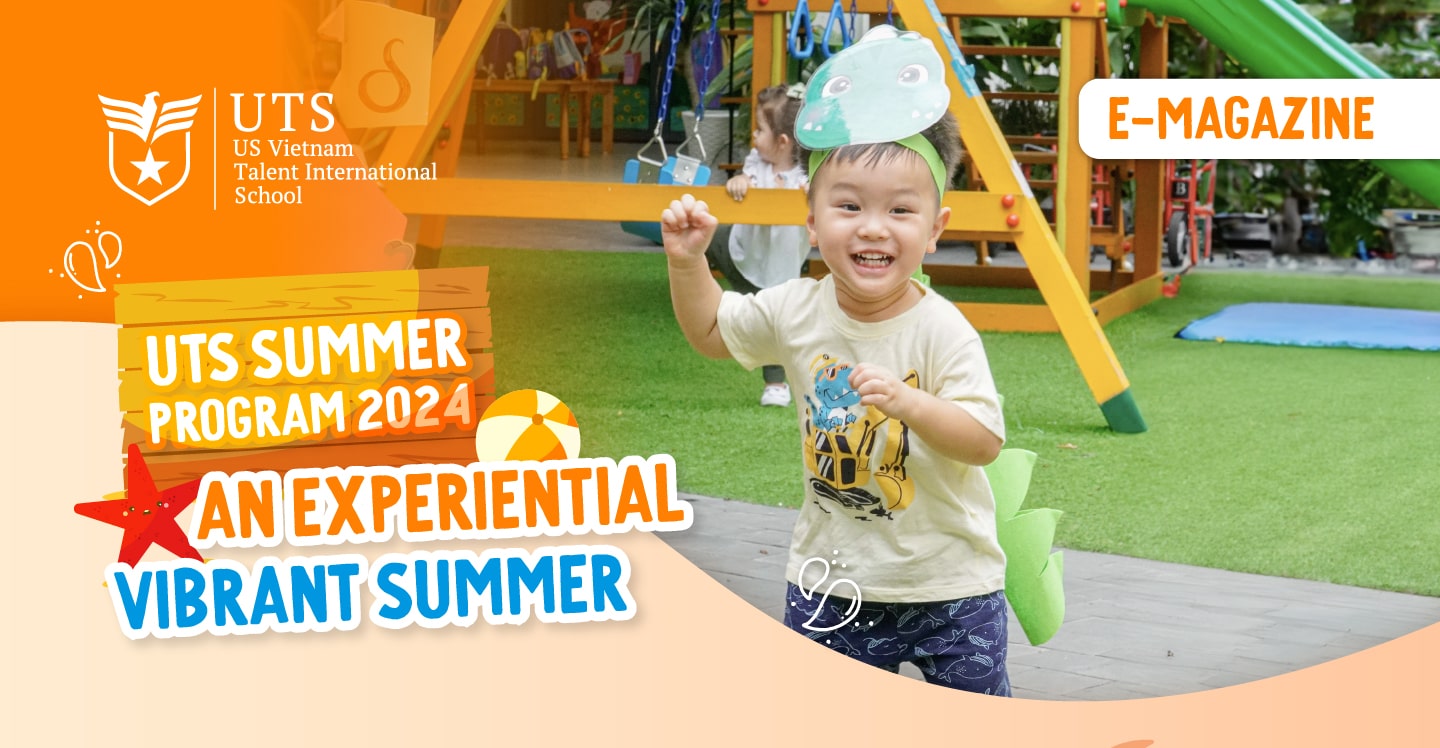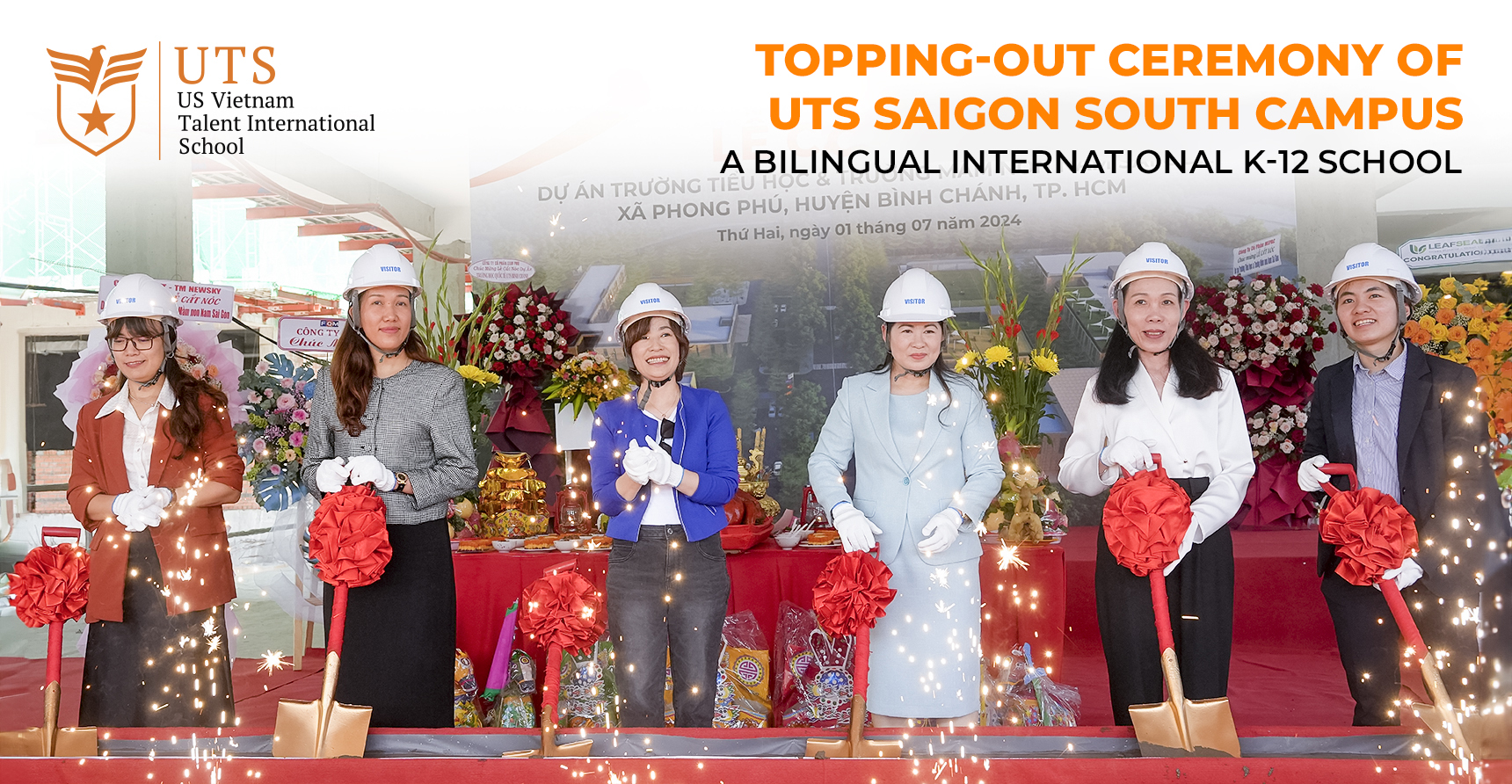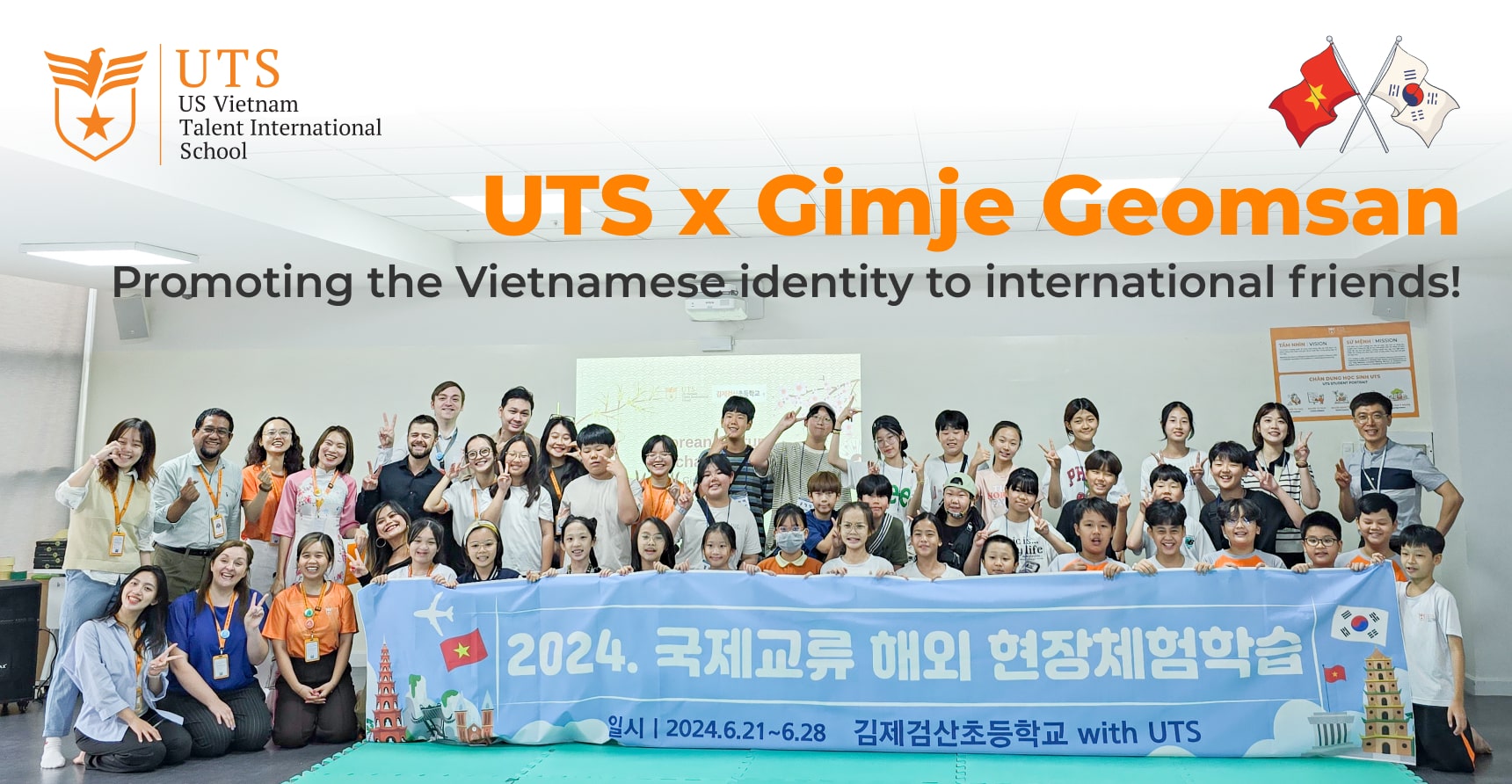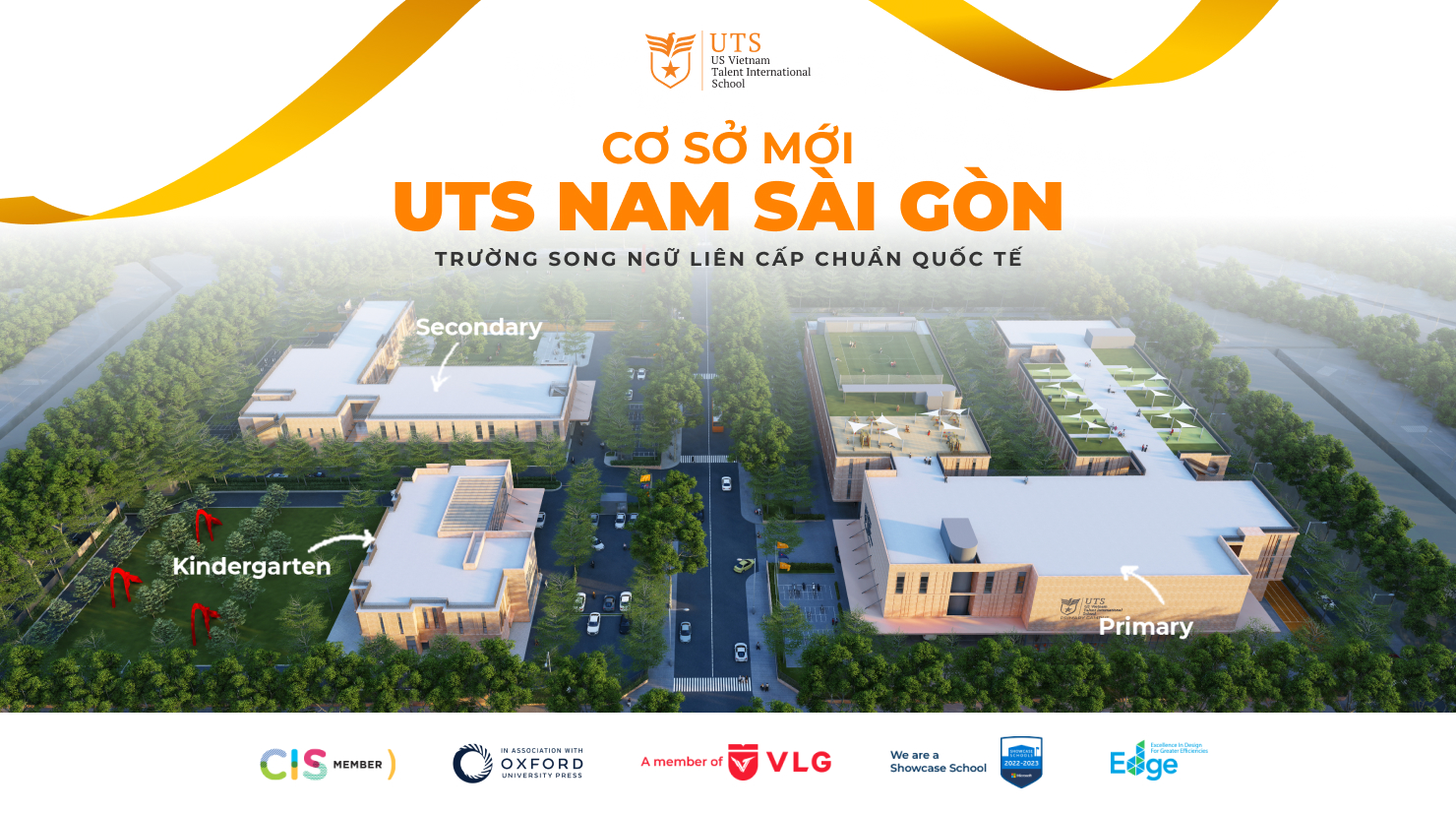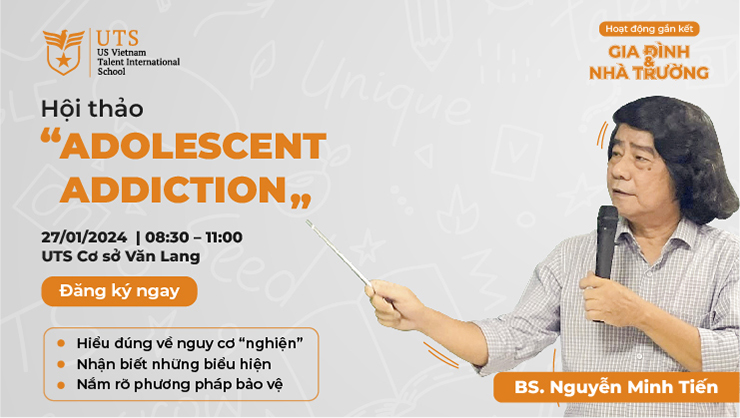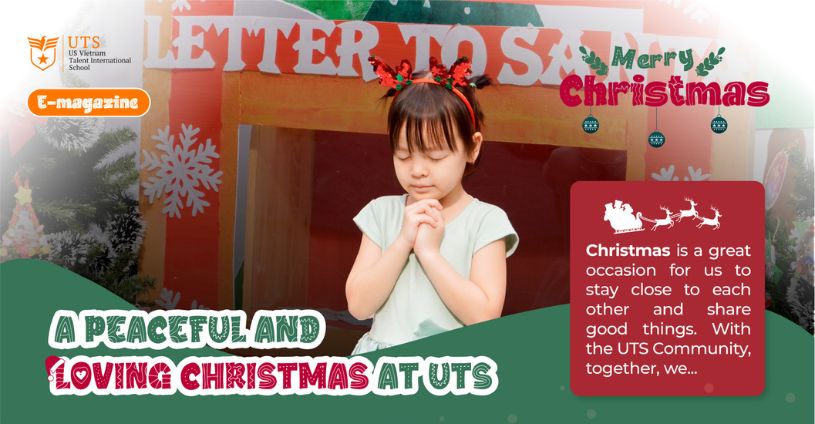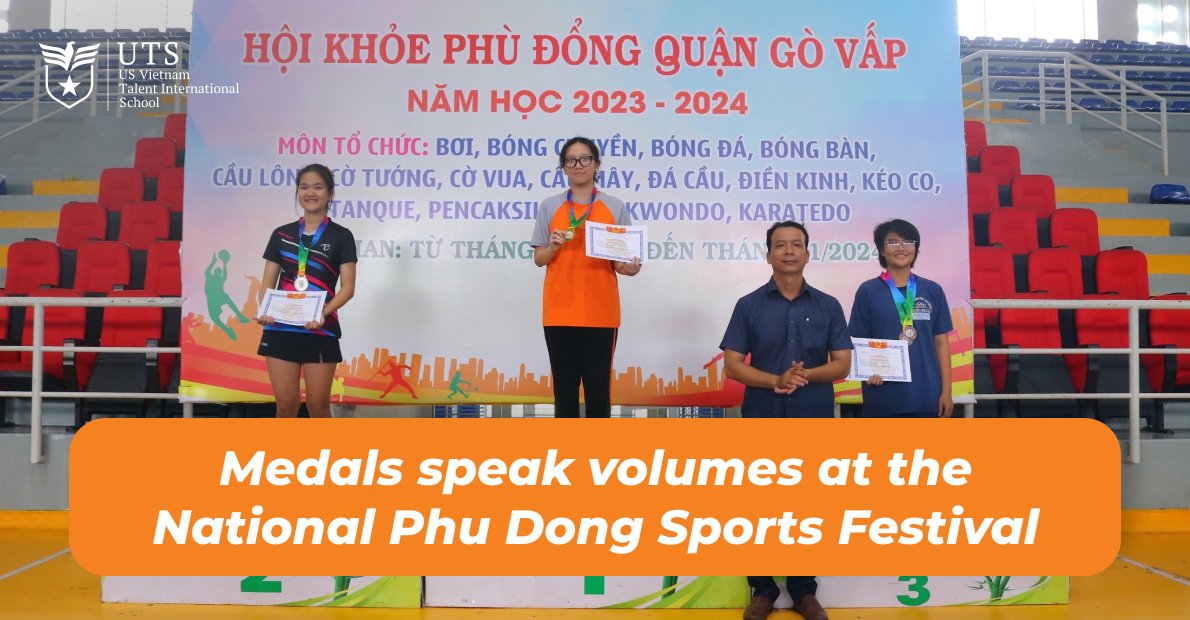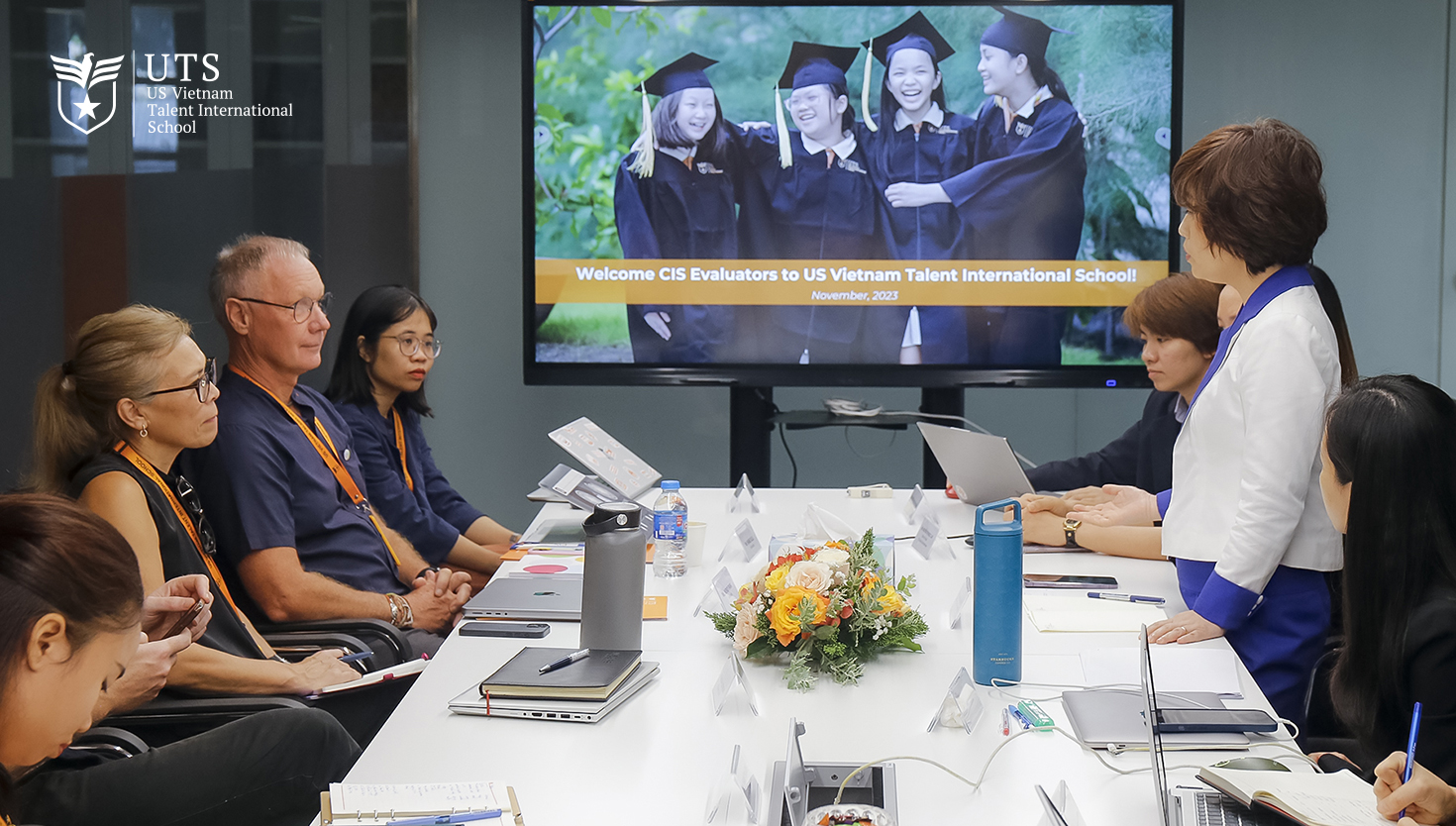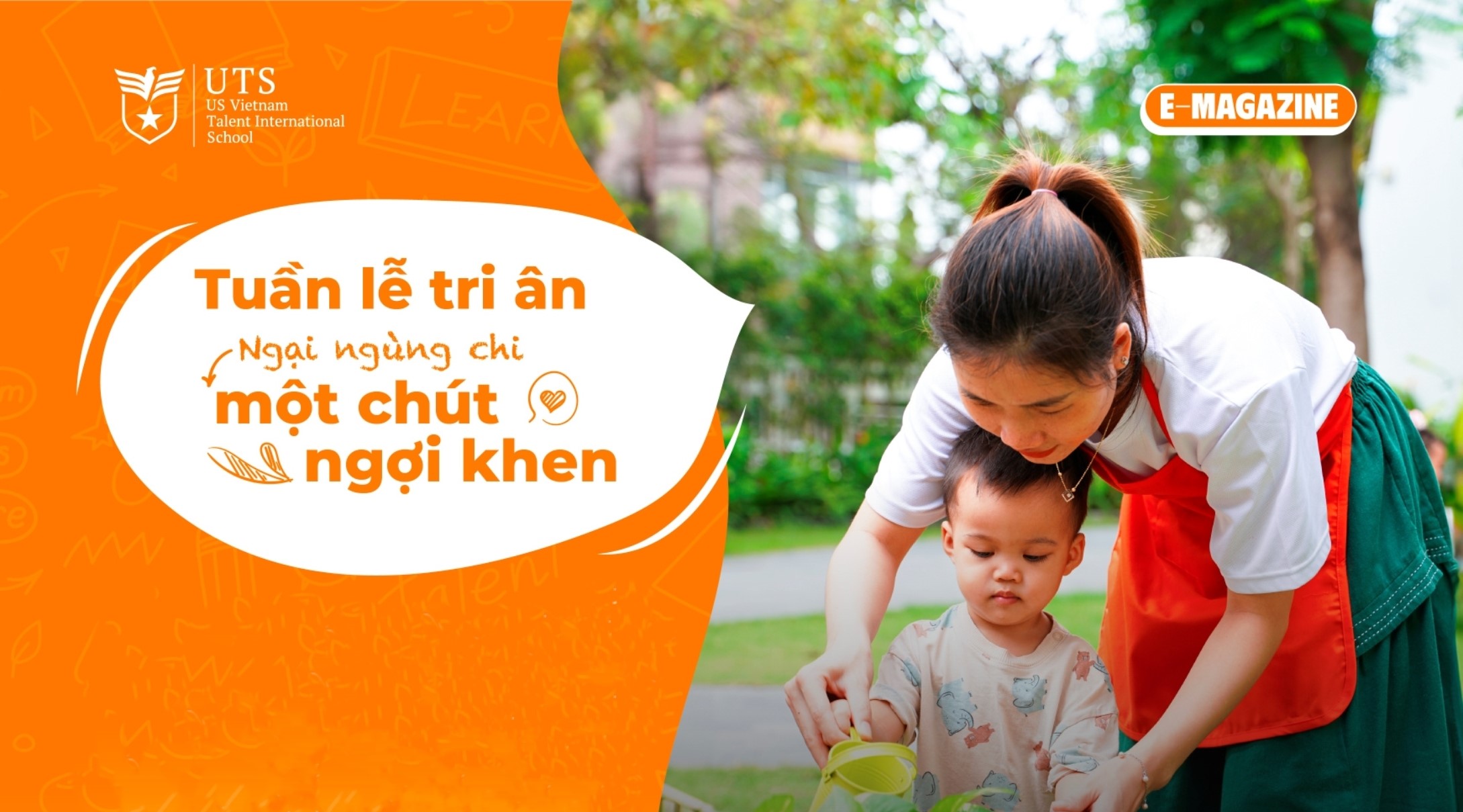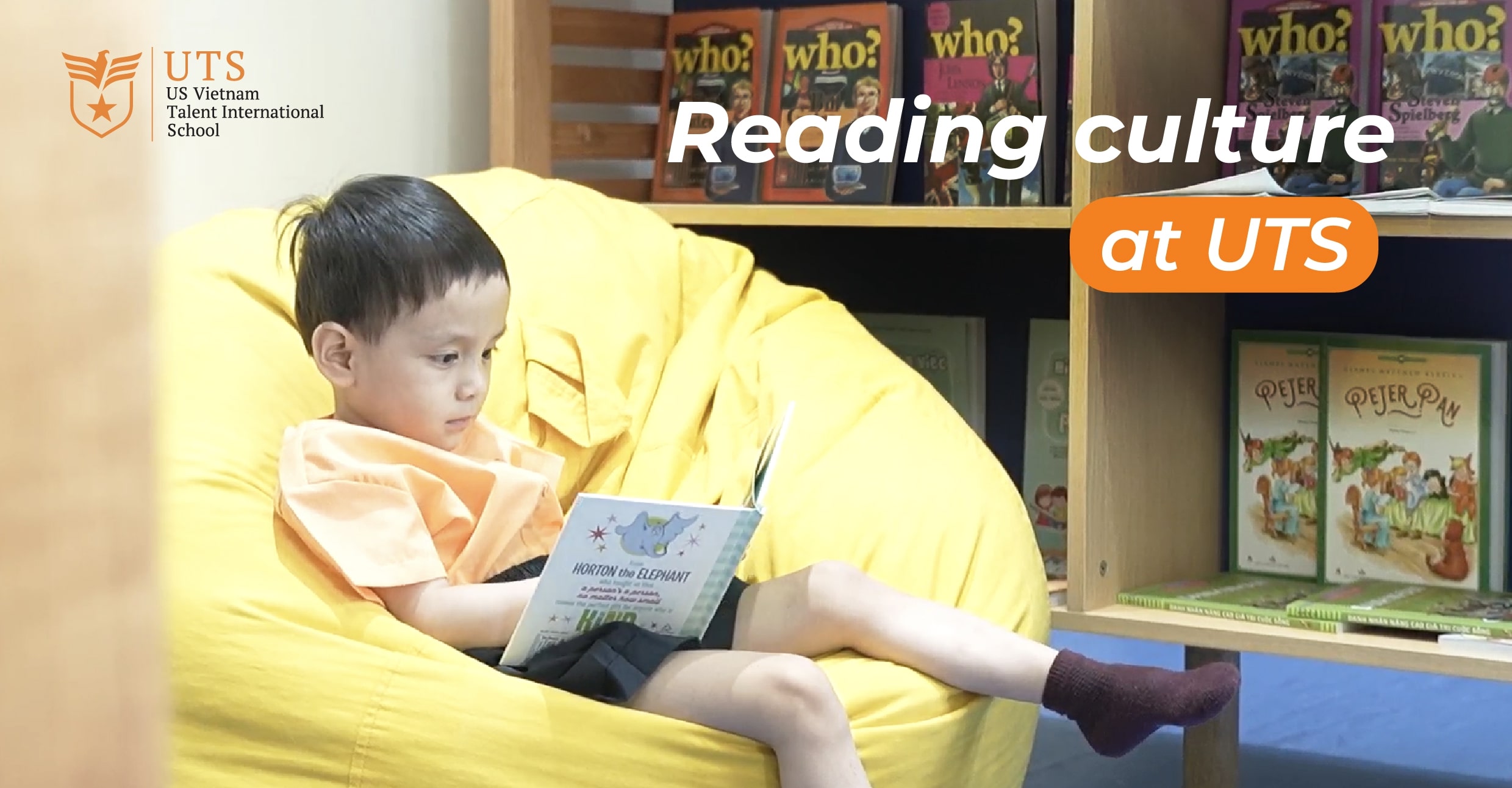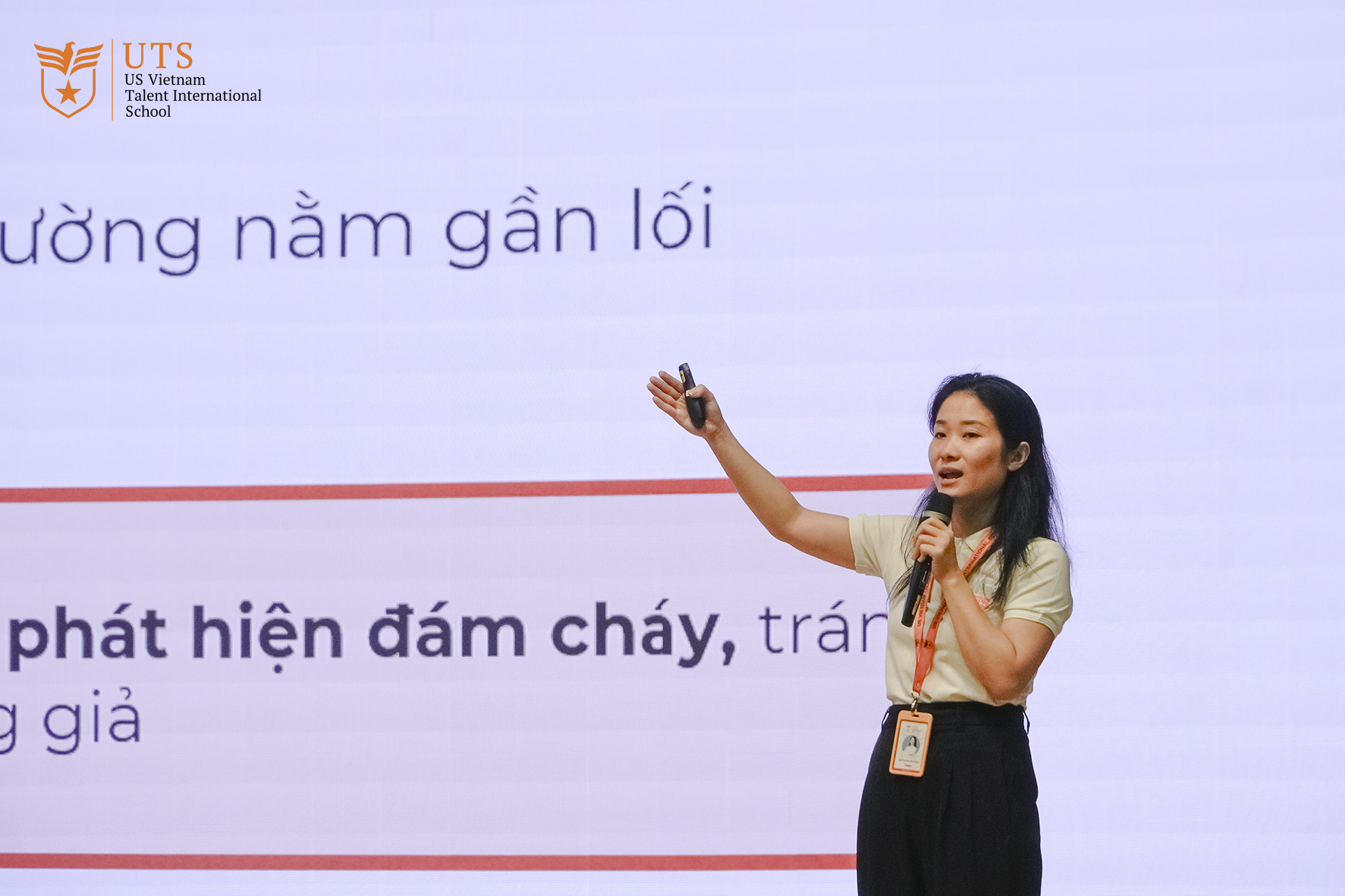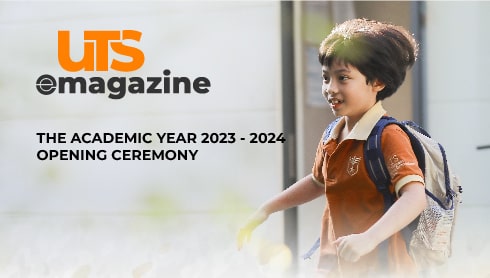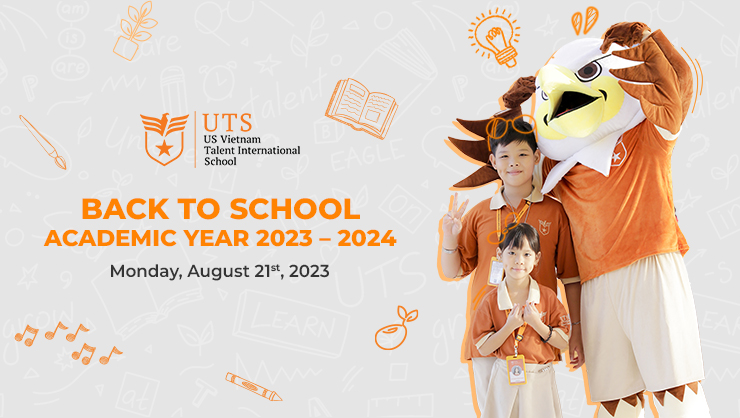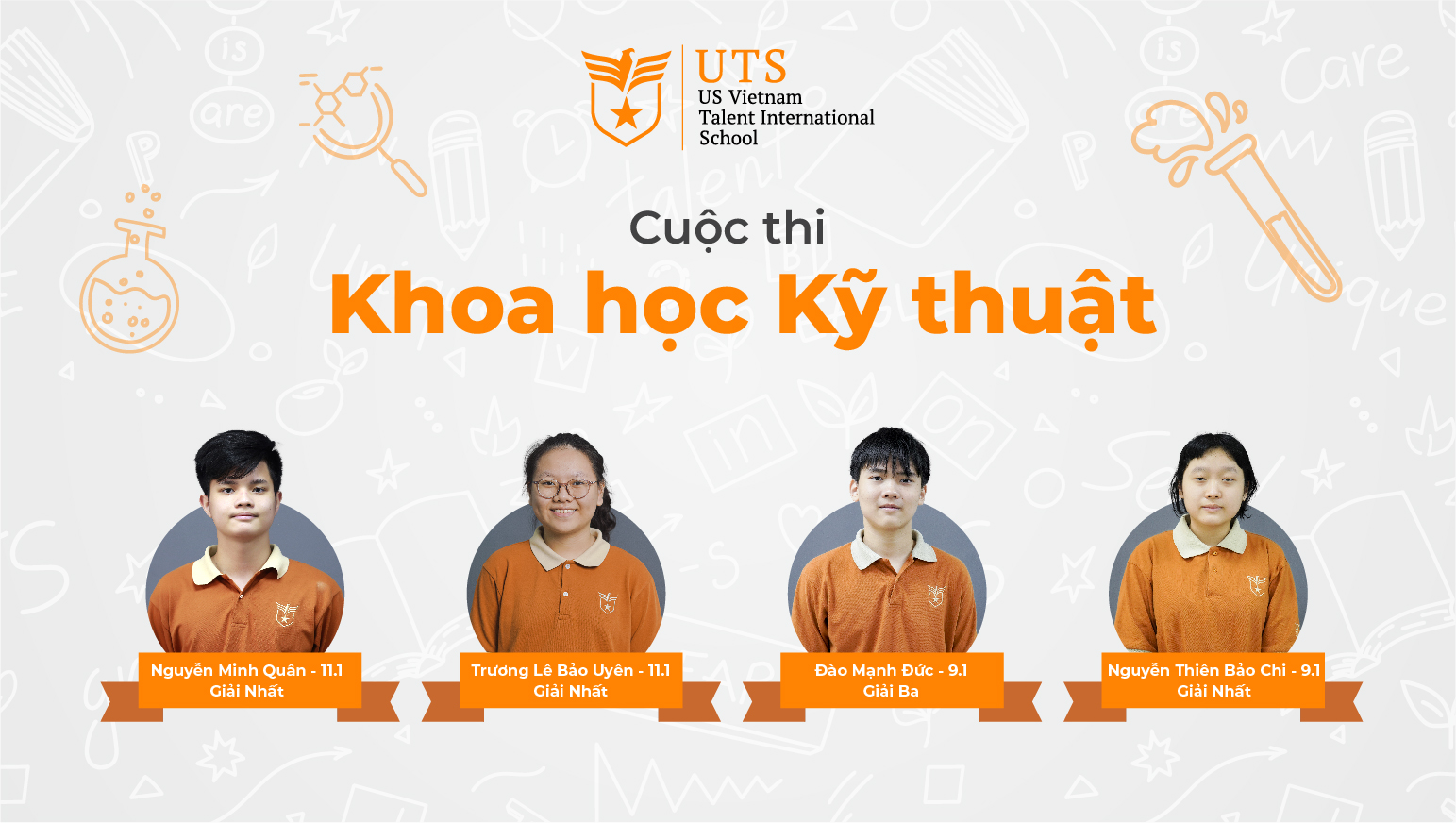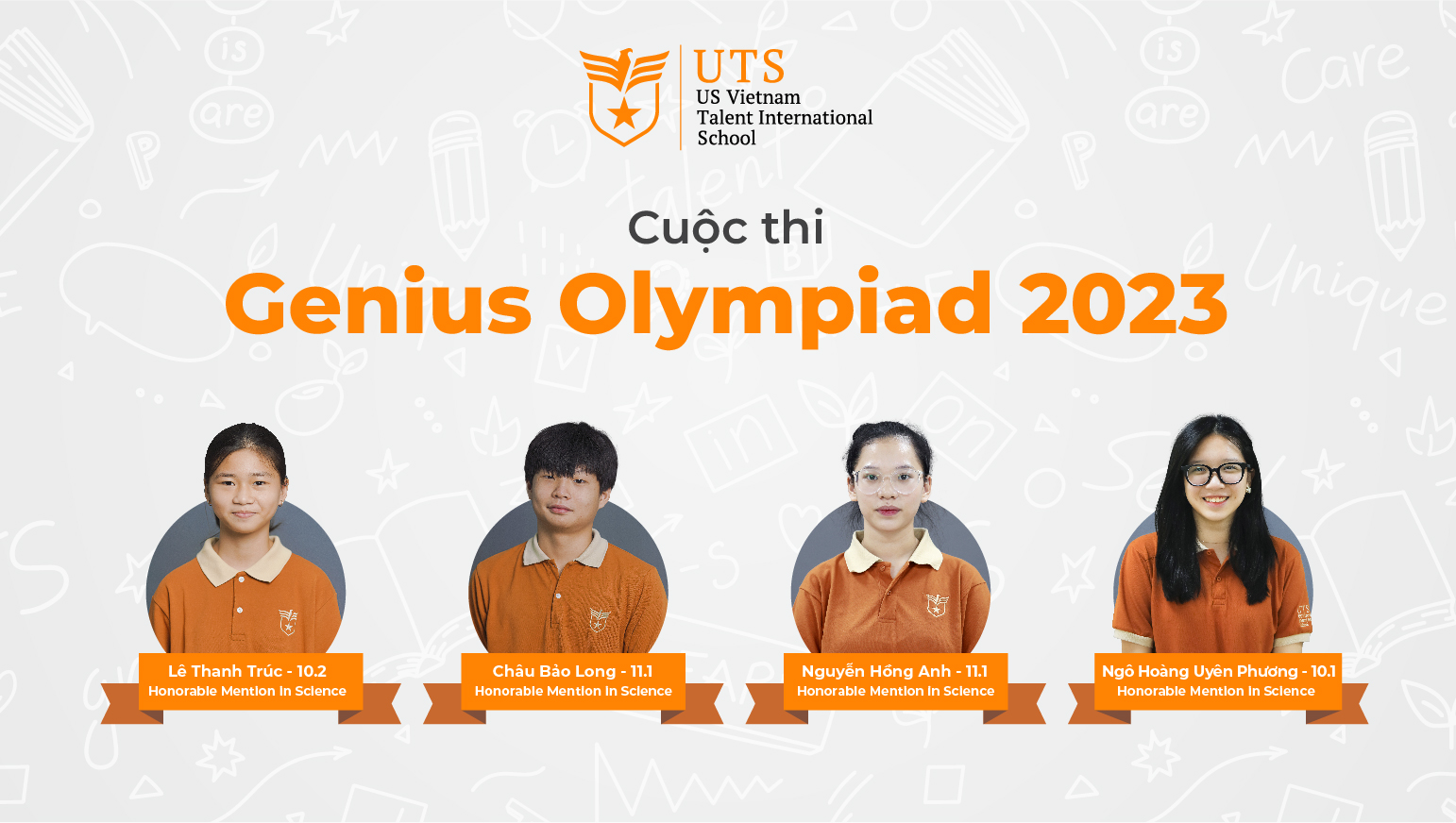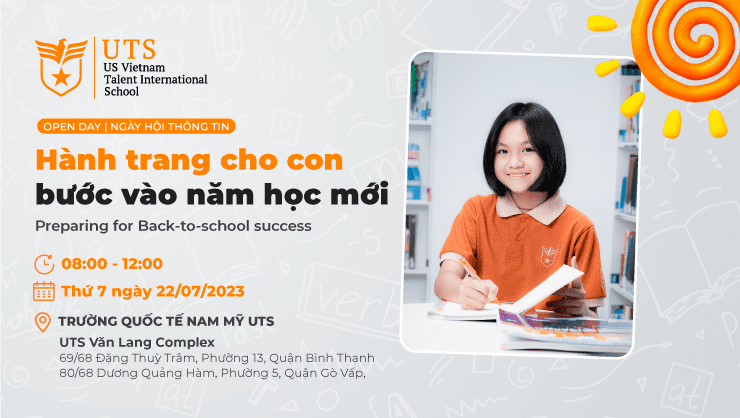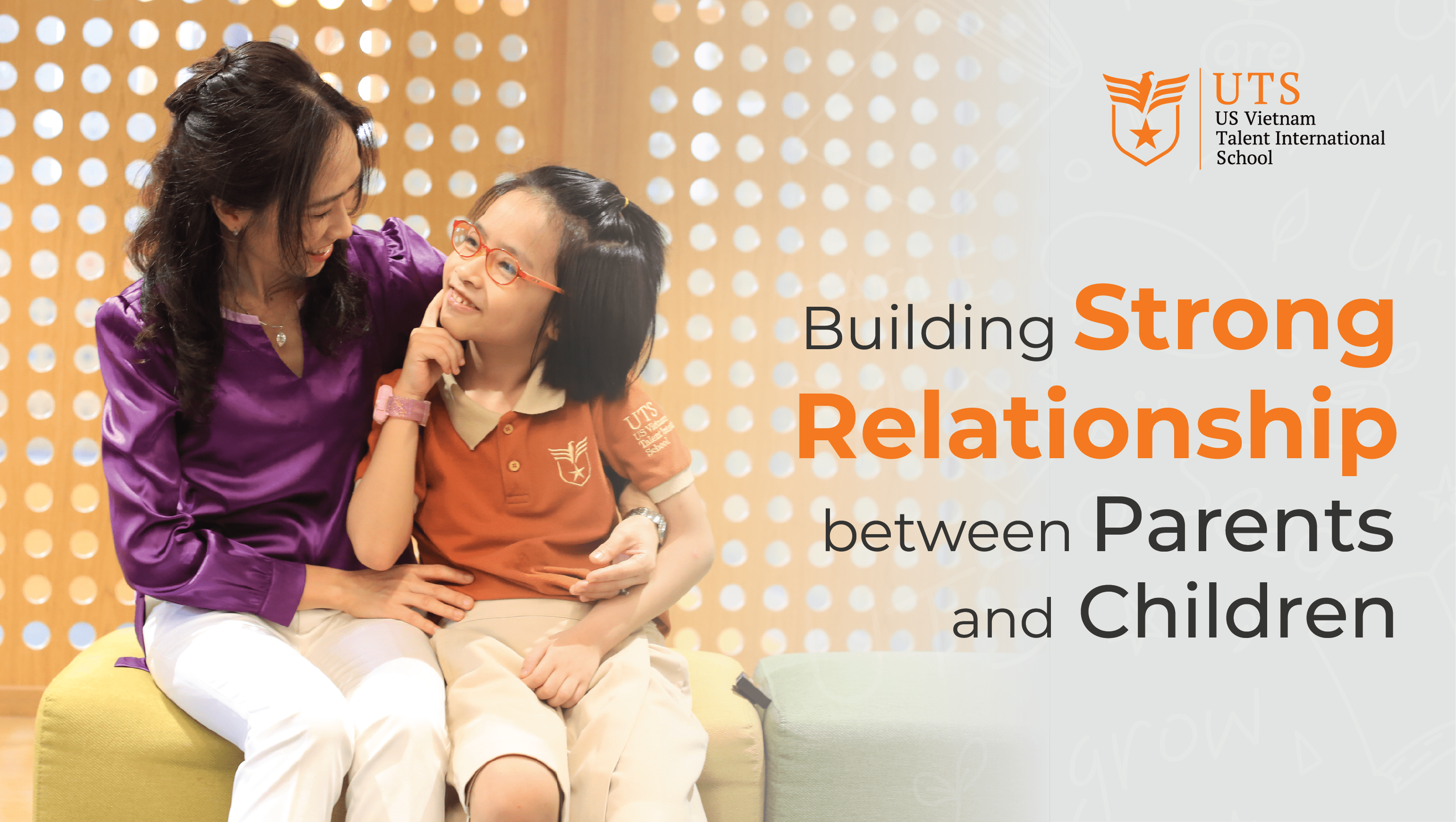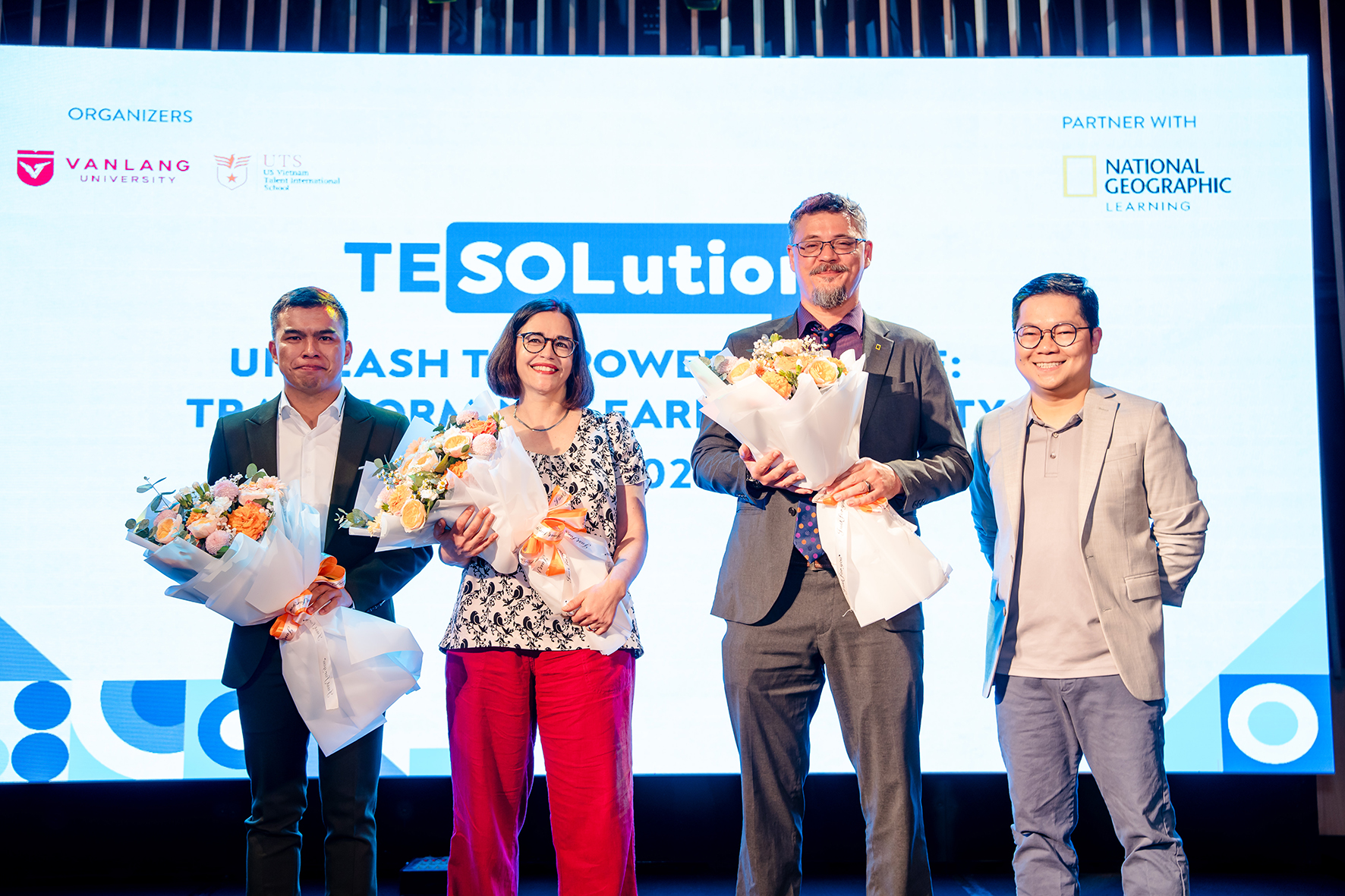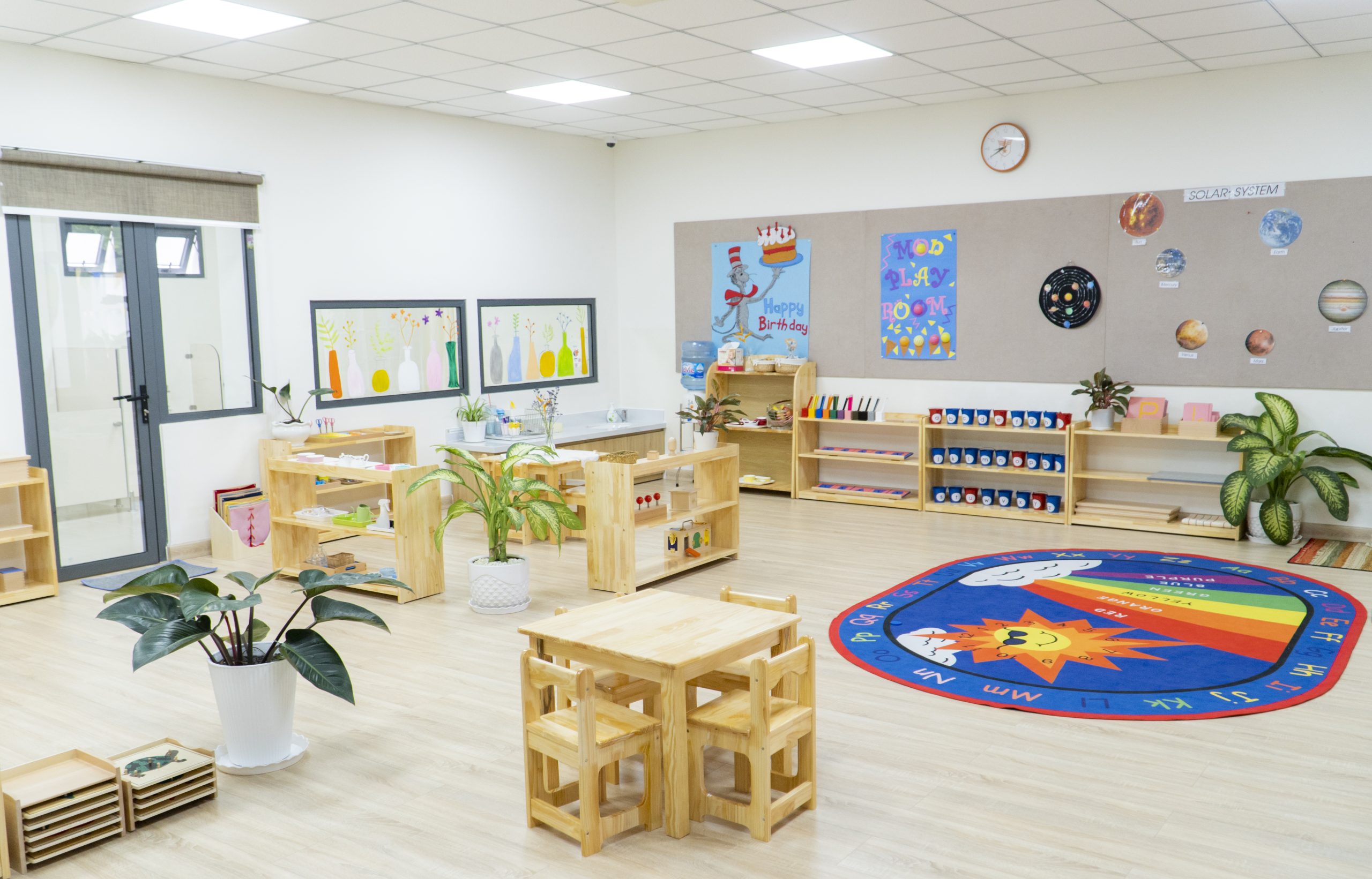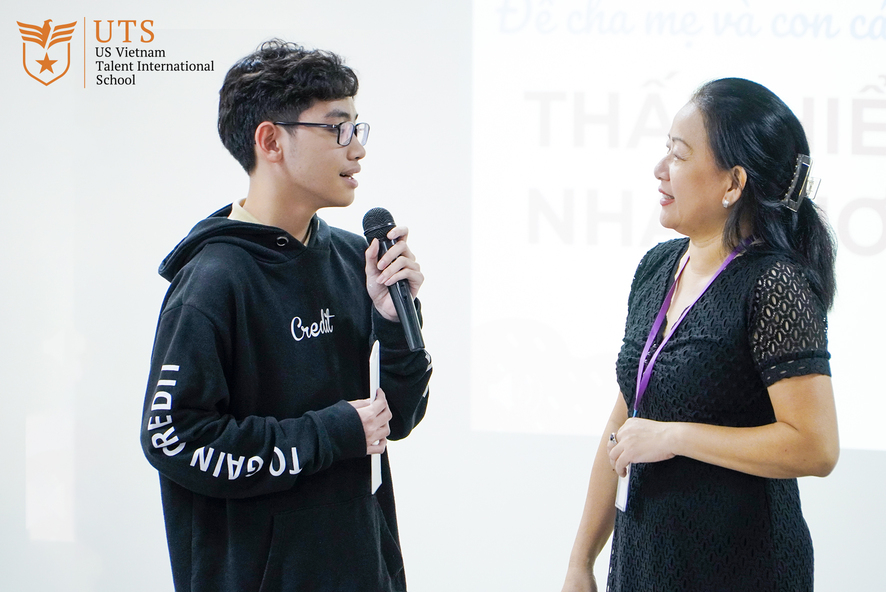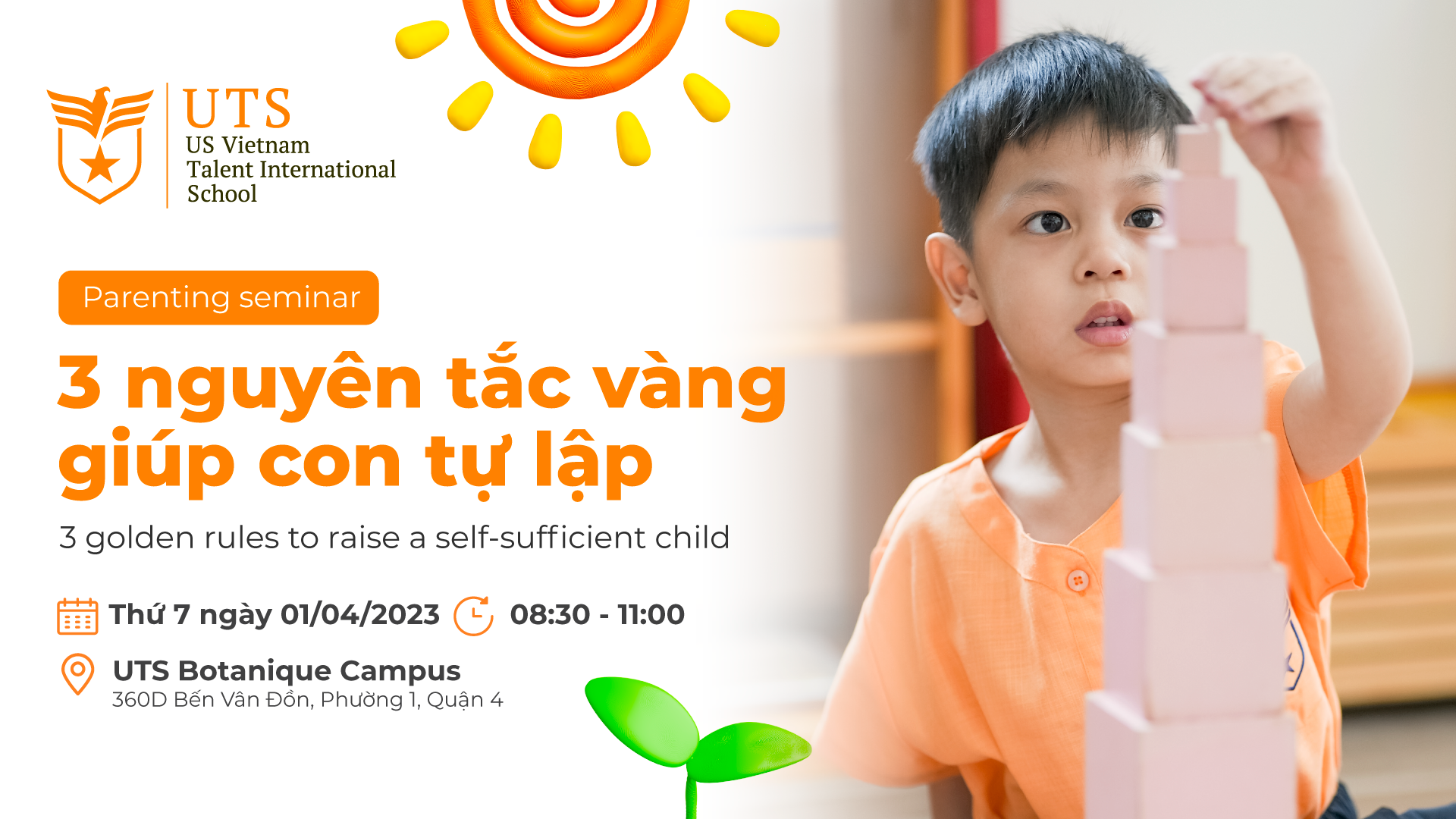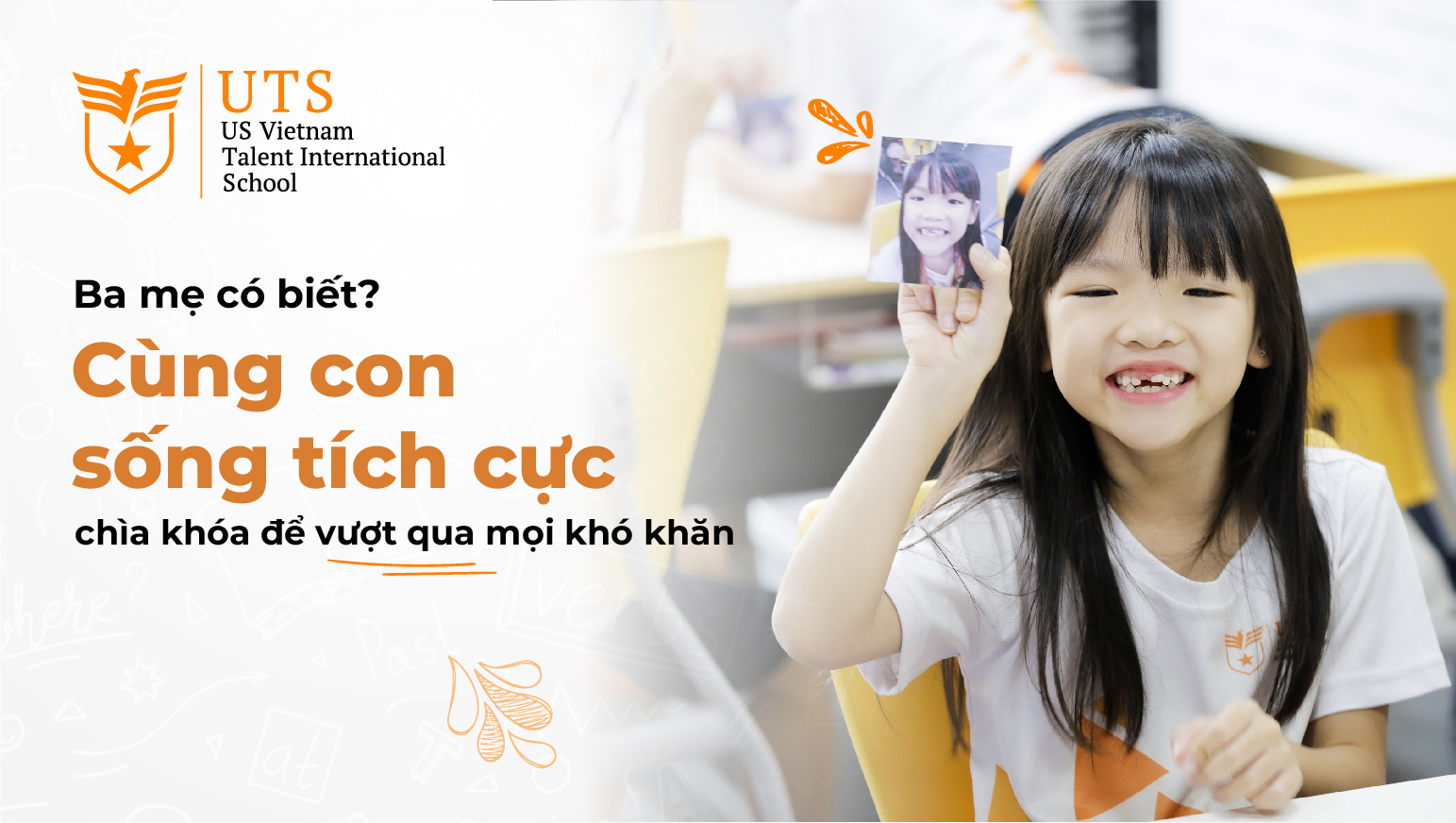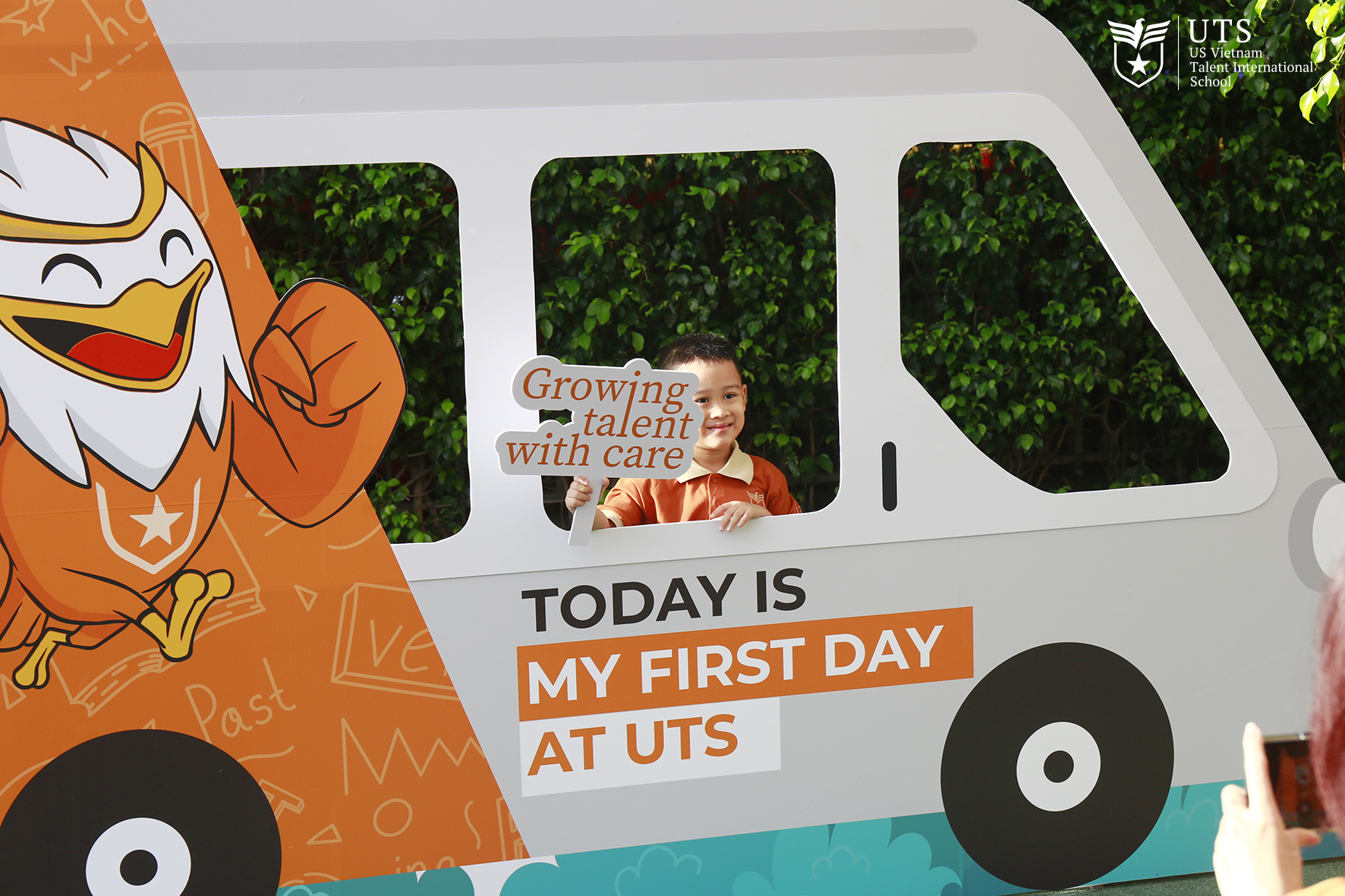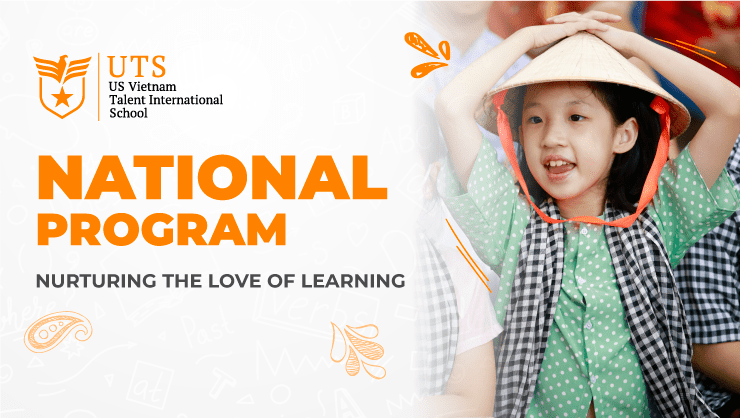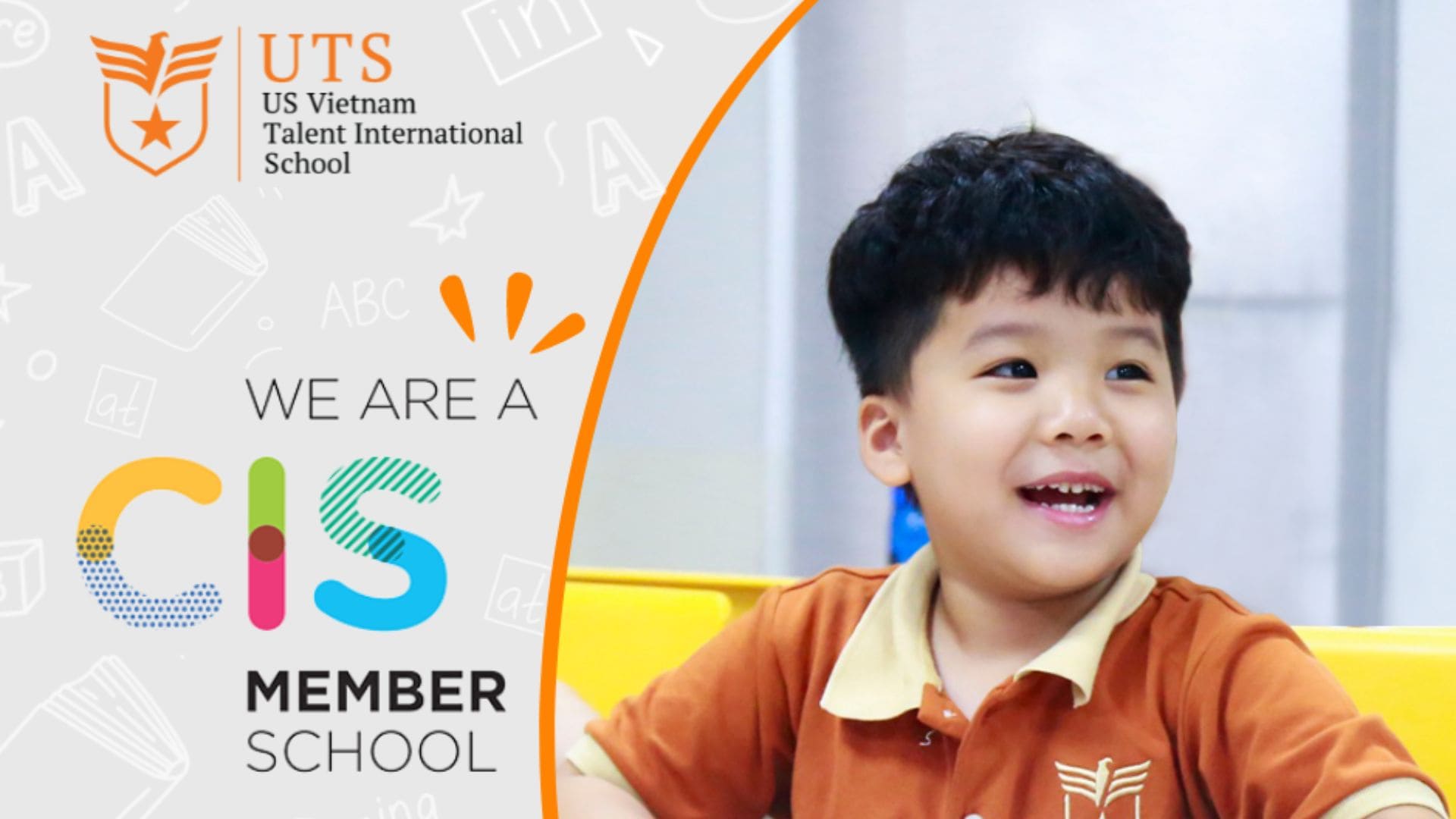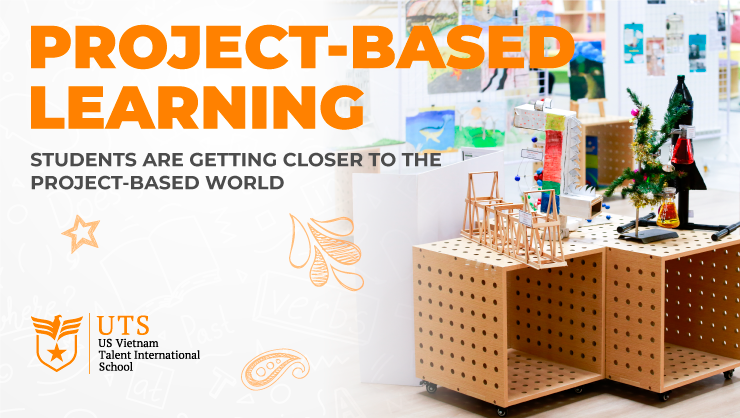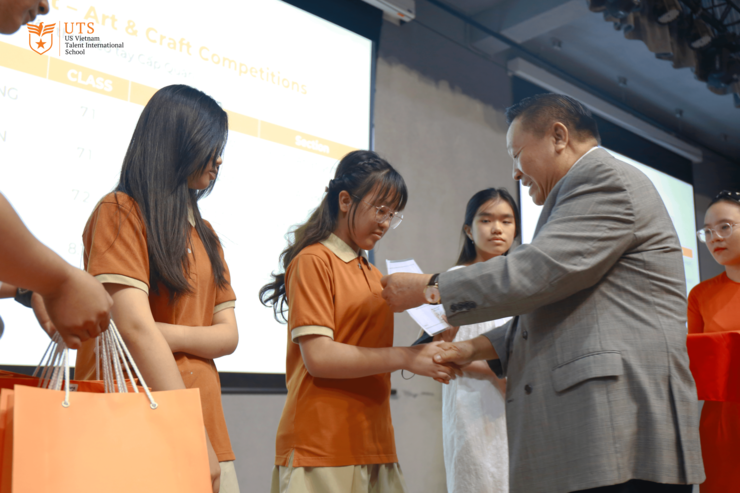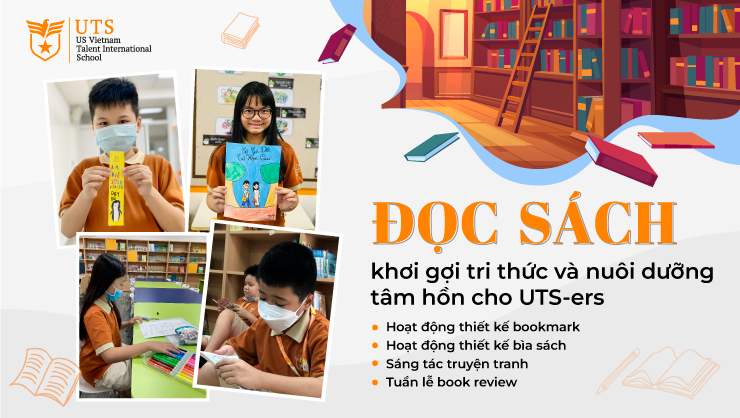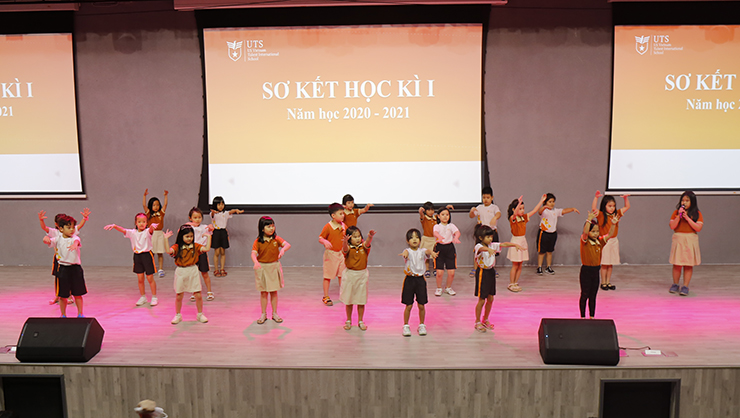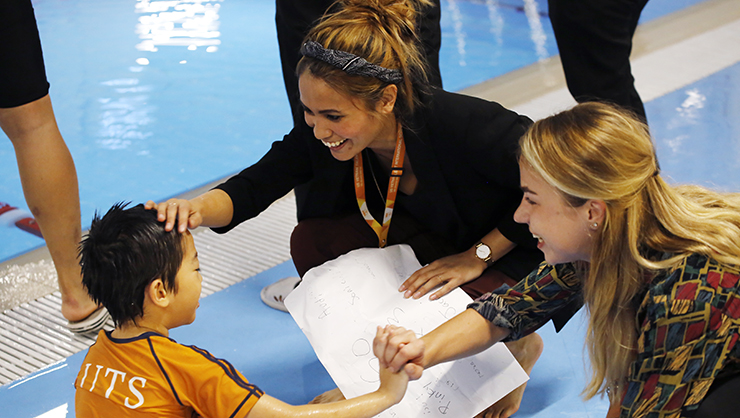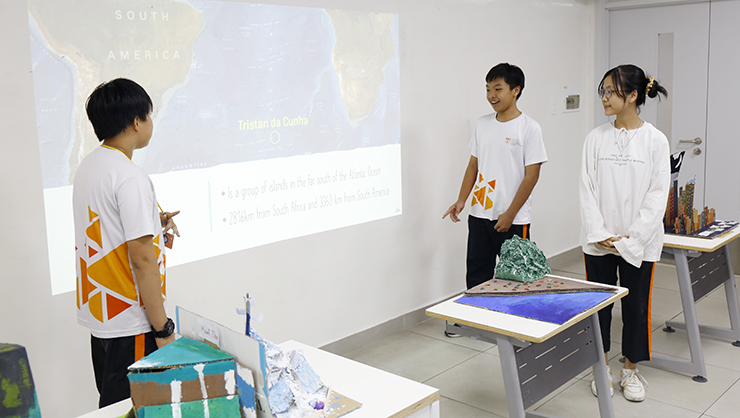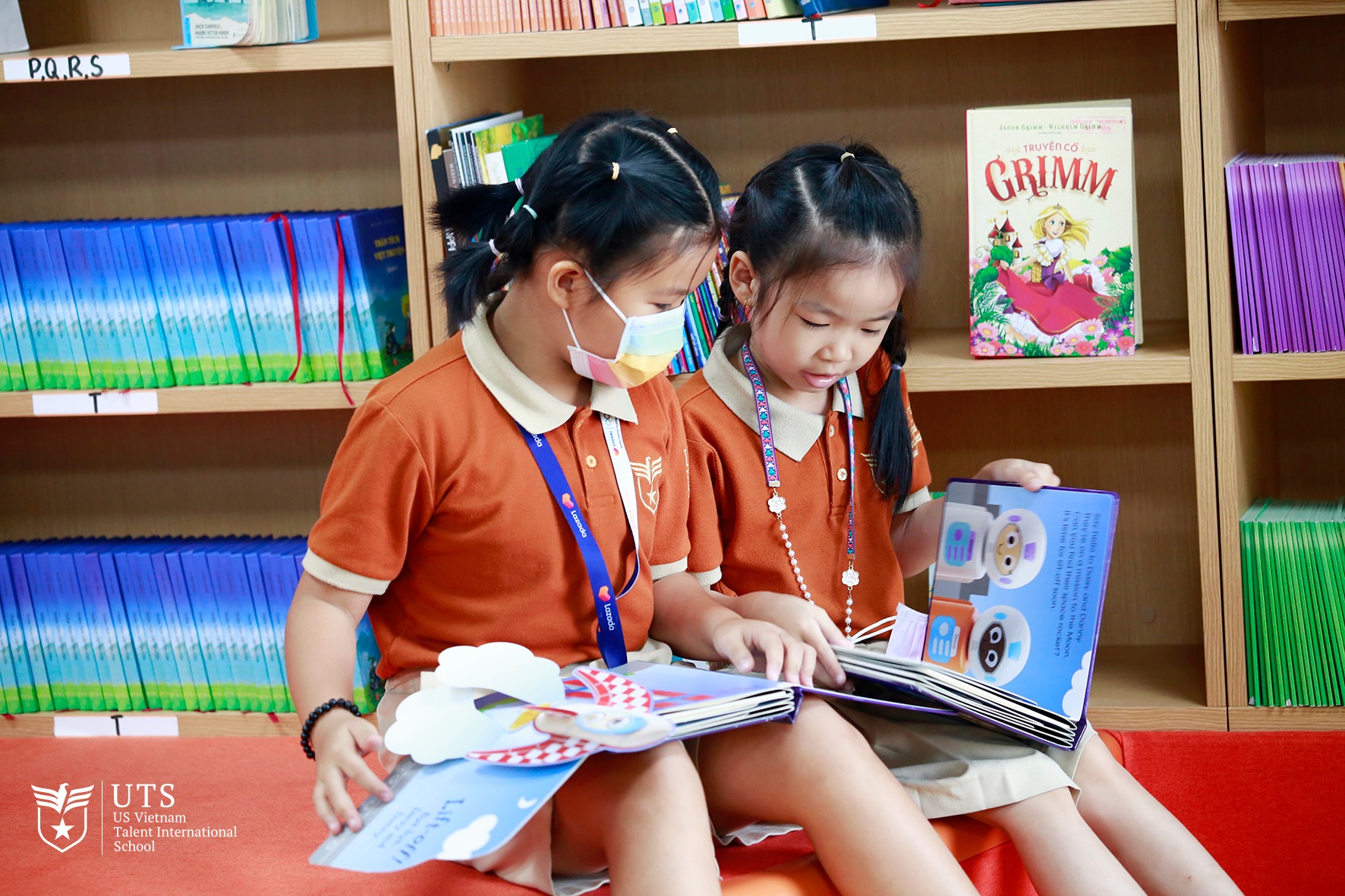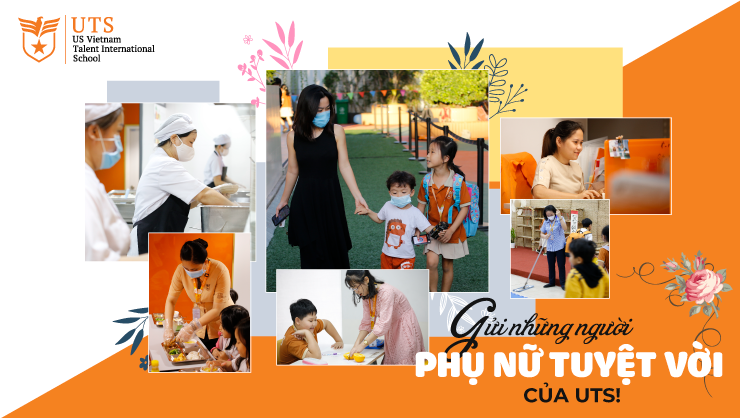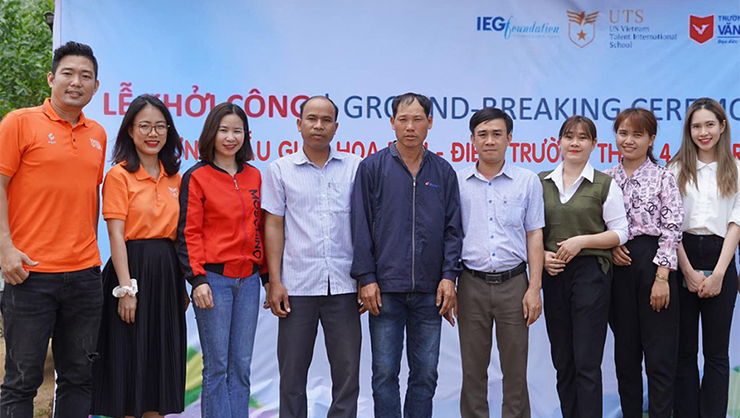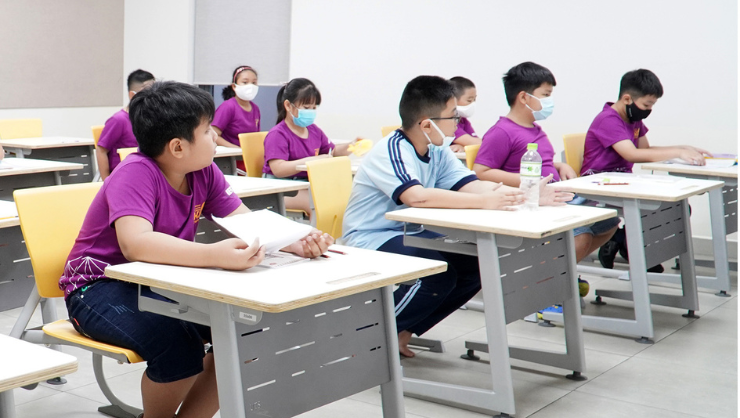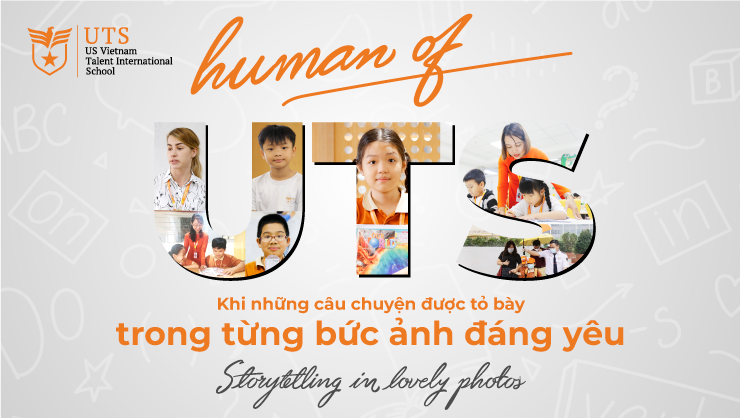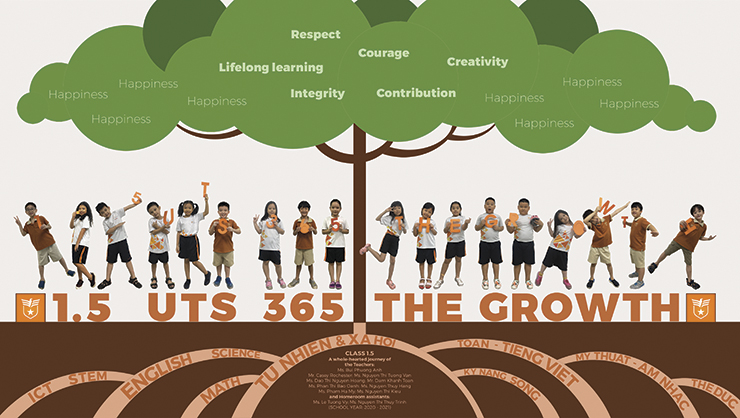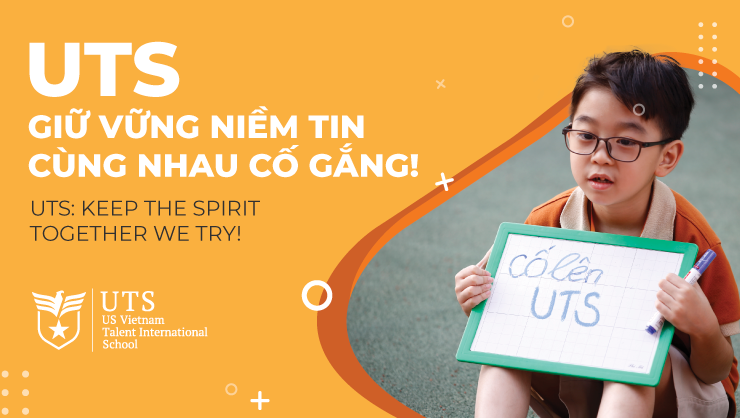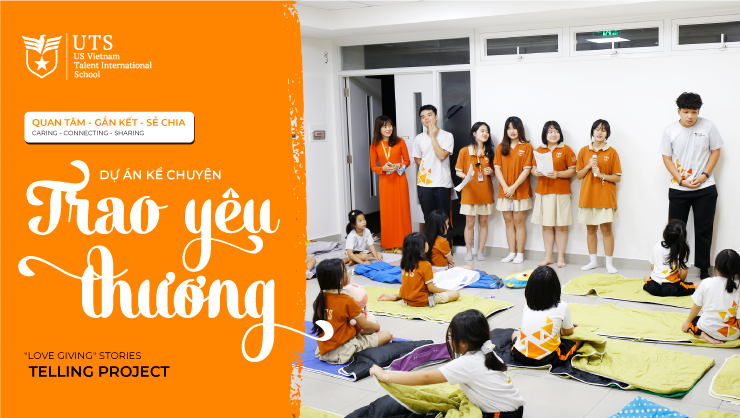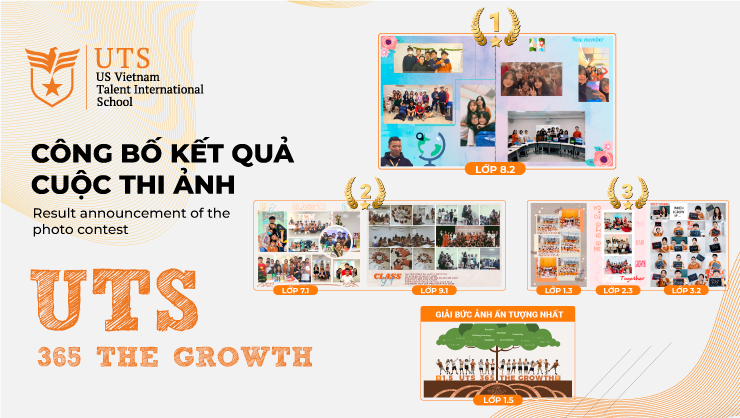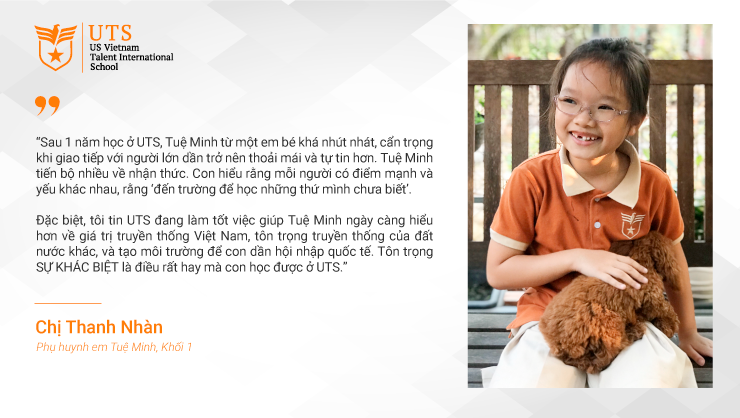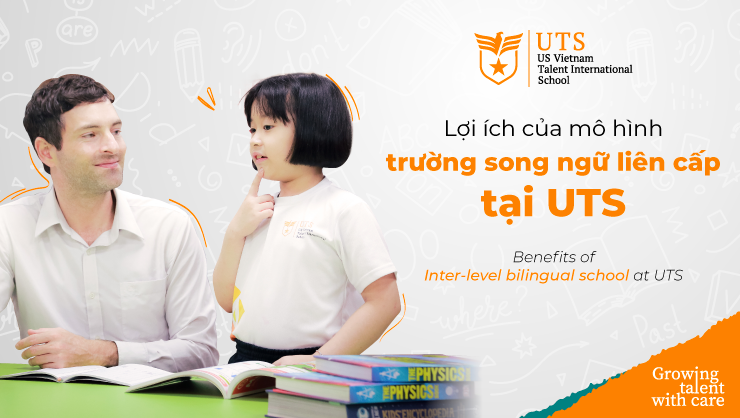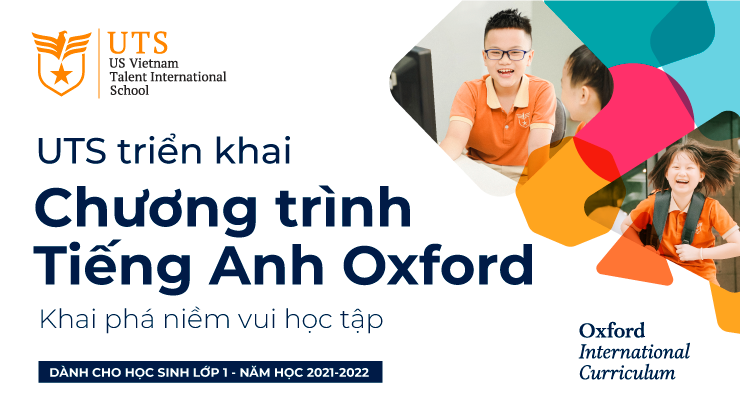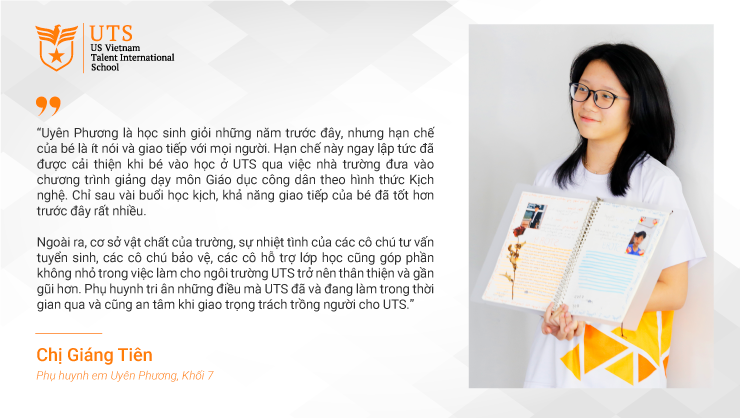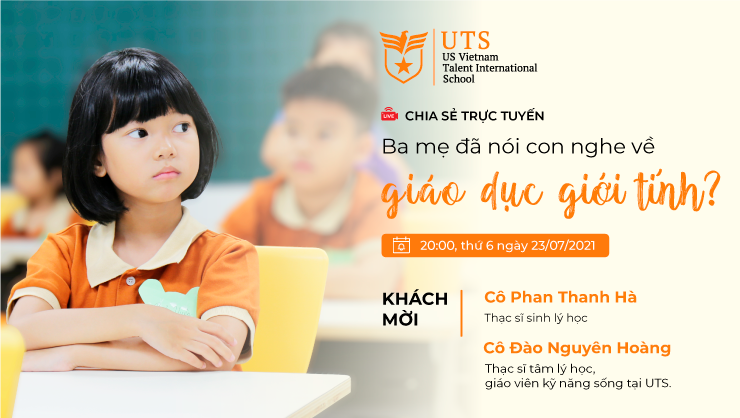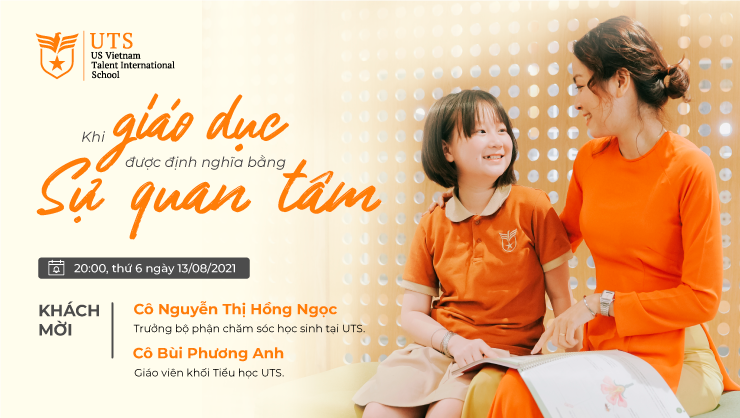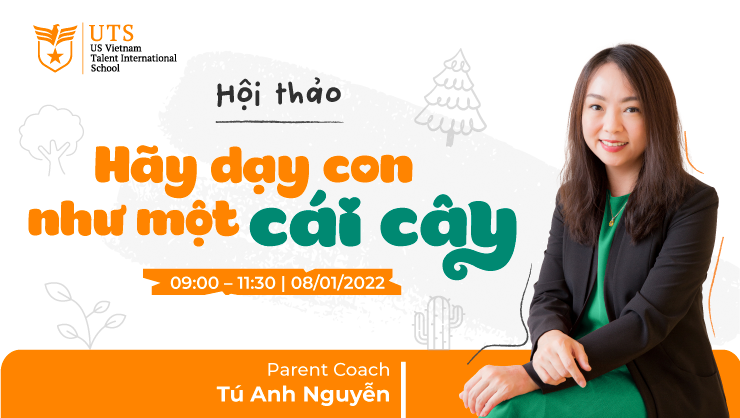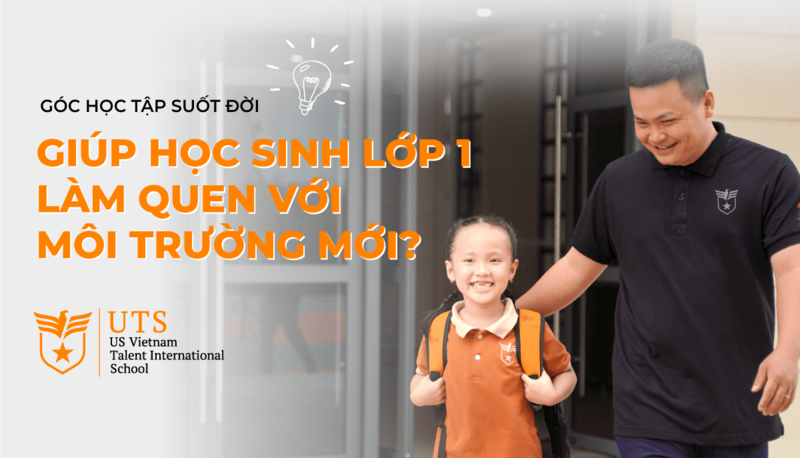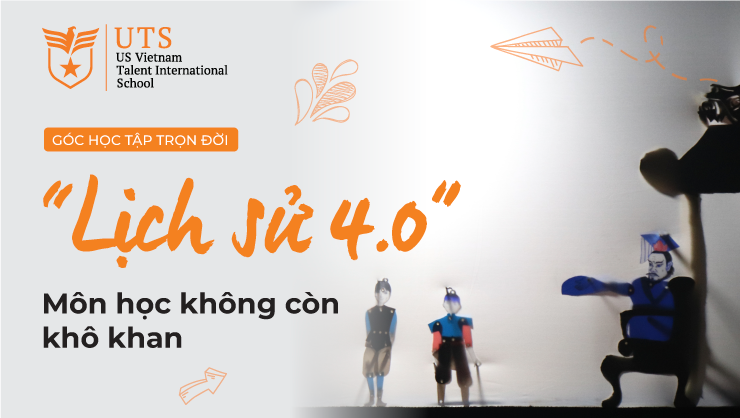Explore the latest admissions process for secondary level at international bilingual schools in Ho Chi Minh City
TIN TỨC
16/06/2025

This article will help parents understand the entire latest lower secondary (middle school) admissions process at international bilingual schools in Ho Chi Minh City, including eligibility criteria, required application documents, and key timelines to support families in preparing as thoroughly and effectively as possible.
Detailed middle school admissions process at international bilingual schools (in Ho Chi Minh City)
Admission requirements
International bilingual schools in Ho Chi Minh City typically set clear admission criteria for the lower secondary (middle school) level to ensure students are well-suited for the bilingual curriculum:
- Age: Applicants for Grade 6 are usually between 11 and 12 years old, which corresponds to the age of completing primary education in Vietnam or an equivalent international education system.
- Academic performance: Students are expected to have strong academic results, especially in Mathematics, Vietnamese, and English. Some schools may require academic transcripts from previous years and letters of recommendation from teachers.
- English proficiency: This is a key requirement. Students are often required to take an English placement test or attend an interview with a native-speaking teacher. Depending on the specific program (e.g., Cambridge, Oxford, etc.), English language expectations may vary. However, students are generally expected to possess sufficient proficiency to keep up with the bilingual curriculum.
Application documents
The application will include various important documents, so both parents and students need to prepare thoroughly to ensure a smooth registration process. Below is a detailed guide:
a. List of required documents:
- Completed application form (using the school’s template)
- A copy of the student’s birth certificate (or passport)
- Academic transcripts or report cards from the past two school years
- Medical certificate issued within the last 6 months
- Student ID photos (3x4 cm or 4x6 cm, quantity depending on each school’s requirement)
- A copy of the parent's citizen ID card (CCCD/CMND)
- English language certificates (if available)
- Temporary residence confirmation or household registration book (if required by the school)
b. Detailed preparation instructions:
- Application form: Parents can download the form directly from the school’s website or obtain it at the admissions office. The form should be fully completed and signed.
- Personal documents: Submit notarized photocopies of the student’s birth certificate, passport, and parent’s ID (CCCD). Ensure that the copies are valid and not expired.
- Academic records: Request certified copies of the student’s report cards or transcripts from their current school. International schools may require these documents to be translated into English.
- Medical certificate: Should be issued by a reputable medical facility, with clear information and an official doctor’s signature/stamp.
- English certificates: Submit notarized copies of English certificates such as IELTS, TOEFL, etc. (if available) for potential exemption from placement testing.
c. Important notes on application deadlines:
- Each school has its own application timeline, typically starting from February to May each year.
- Parents and students should closely monitor official announcements on the school’s website to avoid missing deadlines. Some schools use a rolling admissions process, so early submission can increase the chances of acceptance.
- After submitting the application, students will be informed of the placement test schedule or an interview for skill and aptitude assessment.
Detailed secondary school admissions process at international bilingual schools
Stage 1: Information gathering
Define your goals and criteria for choosing an international bilingual middle school
Parents should clearly define their educational goals and selection criteria for an international bilingual school from the outset. Key factors to consider include: the academic program (bilingual or fully international), educational philosophy, teaching staff, facilities, extracurricular activities, tuition fees, location, and school culture. Carefully evaluating these criteria will help ensure the chosen environment supports the child’s holistic development.
Search for detailed information
Parents can explore international bilingual middle schools through their official websites, fanpages, blogs, and YouTube channels to understand their curriculum, tuition structure, and overall learning environment. Additionally, it's helpful to read reviews from reputable news sources and connect with other parents via Facebook or Zalo communities. For deeper insight, consider contacting the admissions office directly or registering for a campus tour.
Parents are encouraged to attend school tours for the most realistic perspective
Join School Seminars / Open Days / Campus Tours
Parents should take part in seminars, Open Days, or School Tours to gain a clearer understanding of the curriculum, educational philosophy, and school facilities. These events provide valuable opportunities to observe the school in action and ask direct questions to teachers and current students. Event schedules are usually posted on the school’s website and social media channels, so parents should stay updated and register in a timely manner.
Parents should attend curriculum seminars to ask questions directly to teachers
Stage 2: Register for information and prepare initial documents
Register for consultation or download the school brochure
Parents can register for consultation or download the school’s brochure via the official website or by contacting the official fanpage. These materials usually provide an overview of the academic program, educational philosophy, facilities, tuition fees, key activities, and admission requirements. After registration, the school will follow up to arrange a consultation appointment with parents.
The school will arrange a meeting to address parents’ questions about the admissions process
Prepare and submit the application documents
Parents need to prepare all required documents, including: the completed application form, recent report cards or transcripts, the student’s birth certificate, household registration book or citizen ID card, and student ID photos. In addition, parents may include supplementary documents such as certificates of achievement, international English certificates, or academic/artistic accomplishments (if available) to strengthen the application. Some schools may also require notarized documents or certified English translations.
Stage 3: Student Assessment (Entrance Tests)
Purpose of the middle school assessment process:
- To evaluate foundational knowledge and age-appropriate academic skills
- To assess thinking ability, language proficiency, and adaptability to an international environment
- To identify the student’s potential, confidence, critical thinking, and communication skills
- To determine appropriate class placement and recommend personalized support programs if needed, ensuring optimal development in a bilingual setting
Students are placed in appropriate classes to ensure optimal development in an international environment
Academic Ability Test
This assessment typically includes core subjects such as Math and Science, presented in English or bilingual format, to evaluate students’ logical reasoning, foundational knowledge, and learning aptitude. Additionally, students must take an English proficiency test covering all four skills: listening, speaking, reading, and writing. These tests are designed in standardized formats to assess the student’s ability to use English for both academic purposes and daily communication.
Non-verbal Reasoning Test
Many international bilingual schools in Ho Chi Minh City also conduct non-verbal reasoning or IQ tests. These aim to measure a student’s ability to analyze and reason using images, symbols, and patterns, rather than words or language. These tests often consist of multiple-choice questions involving pattern recognition, image sequencing, or completing logical series. Practicing these types of questions in advance helps students become familiar with the format and improve their problem-solving reflexes under time constraints.
Test Format and Schedule
Most schools conduct in-person assessments on campus to ensure standardized testing conditions and accurate evaluation. However, some international schools may offer online testing options for students living far away or under special circumstances. The test schedule is typically published on the school’s website or communicated directly after the application has been reviewed and approved.
Important notes in the admissions process
Enrolment timeline
Each international bilingual school may have its own schedule, but in general, the admissions process typically begins in the late previous year or early in the current academic year, and includes the following key stages:
- Registration for consultation
- Submission of application documents
- Entrance examination
- Interview and notification of results
Keeping track of the timeline helps parents avoid missing important milestones, especially at schools with limited quotas or rolling admissions.
School selection criteria
Each school has its own set of criteria, but most evaluate applicants comprehensively across multiple aspects, including:
- Academic performance
- Logical reasoning and problem-solving skills
- English proficiency
- Entrance test results
- Personal qualities
- Ability to adapt to an international learning environment
Some schools also consider previous academic transcripts, teacher recommendation letters, extracurricular achievements, or interviews with the admissions panel. Understanding these selection criteria allows parents and students to prepare strategically, increasing their chances of success in the evaluation process.
Mental preparation for students and families
During this transitional period, parents should accompany, listen to, and positively motivate their child to help them feel more confident when taking entrance exams, attending interviews, or participating in orientation sessions before enrollment. At the same time, the family should actively learn about the school’s curriculum, teaching methods, and learning environment to ensure alignment and provide appropriate support for the child.
Parents are encouraged to attend the pre-enrollment orientation session with their child to help them mentally prepare and smoothly adapt to the new environment
Introduction to the secondary program at UTS in Ho Chi Minh City: Key advantages and admissions process
Internationally aligned curriculum
The secondary school program at UTS not only emphasizes a strong academic foundation but also equips students with problem-solving abilities, critical thinking, and essential 21st-century soft skills. The curriculum is an integration of three key components:
National Curriculum: Builds a strong foundational knowledge base aligned with Vietnam’s education standards
International Curriculum: Includes two clear outcome-based pathways:
- Oxford UK Pathway: Students follow the OxfordAQA track, earning globally recognized academic certificates such as GCSEs and A-levels. They also complete the Oxford International Curriculum, graduate with a national high school diploma, and can achieve English proficiency equivalent to IELTS 7.5 (for students enrolled continuously from Grade 1 to Grade 12 at UTS).
- U.S. Common Core Pathway: Prepares students for standardized tests like the SAT and AP (Advanced Placement). Upon completion, students receive a national high school diploma and attain English proficiency equivalent to IELTS 7.0, paving the way for global integration and study abroad opportunities.
Talent Development Program: This includes over 70 experiential learning activities, annual community service projects, and a rich system of skill-building clubs, enabling students to develop their individual potential fully.
Learn more: Understanding A-Levels and GCSEs in the UK education system
Learn more: The ultimate guide to conquer the Advanced Placement (AP) exams
Learn more: UTS learning pathways
Students are trained in presentation skills while studying at international bilingual schools
Modern facilities
UTS has invested in a modern, internationally standardized campus designed to provide a safe, creative, and inspiring learning environment. The spacious and airy campus features classrooms equipped with advanced technology to effectively support bilingual instruction and student learning.
UTS is also equipped with a wide range of specialized rooms, including science laboratories, music and art studios, a multimedia library, a sports hall, football field, and swimming pool. Together, these facilities create an ideal space for students to develop intellectually, physically, and in life skills.
The modern campus of UTS South Saigon offers students an international-standard learning experience
Lean more: Overview of UTS facilities
Detailed middle school admissions process at UTS
Admission timeline
For the secondary school level, the admissions process is divided into two main periods:
- Start-of-school-year intake: Applications accepted from November to September annually. Classes officially begin in August
- Mid-year intake (Semester 2): Applications accepted from November to January annually. Classes officially begin in January
Admission requirements
- Age: Students entering Grade 6 (the entry point of middle school) are typically 11 years old (based on birth year). Students younger or older than the standard age may be considered on a case-by-case basis and may be required to provide supporting documents explaining the reason (e.g., early advancement or grade repetition).
- Academic background: Students must have completed primary education and possess a Certificate of Completion of Primary Education.
- Nationality: Both Vietnamese and international students are eligible to apply. For international students, additional documents are required, including a passport, notarized translated birth certificate, and certified academic records/transcripts from Grades 1 to 5, equivalent to Vietnam's primary education (with Vietnamese translation and notarization).
Application documents
A complete application dossier, as required by the school, includes:
- Completed application form
- Original primary school report card
- Notarized copy of the birth certificate
- Student ID photos
- Original certificate of completion of primary education
Step-by-step guide to UTS Secondary school admission process
Step 1: Application registration
Parents complete the application form (Admissions Registration Form). Once the school receives the information, it will confirm the details and available placement for the student as soon as possible.
Step 2: Entrance assessment
The Admissions Officer will schedule a school tour, provide academic consultation, and arrange an entrance assessment for the student. The assessment includes:
- English proficiency assessment
- Vietnamese language assessment
- Mathematics assessment
Step 3: Submit enrollment documents
Once the student is accepted (via email notification), parents are required to submit the following documents:
- Completed application form
- Copy or notarized translation of the Birth Certificate (for international students)
- Original academic transcript (required for students from Grade 2 onwards)
- Certificate of completion of primary education
- School transfer letter (for transfer students, excluding entry-level grades)
- Enrollment registration form
Step 4: Class assignment and official enrollment
Tuition and other fees
- For the Oxford UK Program
| GRADE LEVEL | ANNUAL TUITION FEE | PAYMENT OPTIONS | ||
| ONE-TIME PAYMENT (5% discount) | TWO INSTALLMENTS (2% discount) | FOUR INSTALLMENTS | ||
| Grade 6 | 290,200,000 | 275,700,000 | 142,200,000 | 72,550,000 |
| Grade 7 | 306,400,000 | 291,100,000 | 150,100,000 | 76,600,000 |
| Grade 8 | 325,600,000 | 309,300,000 | 159,500,000 | 81,400,000 |
| Grade 9 | 352,000,000 | 334,400,000 | 172,500,000 | 88,000,000 |
| First tuition payment deadline | 31/7/2025 | 31/7/2025 | 31/7/2025 | |
- For the Common Core Program
| GRADE LEVEL | ANNUAL TUITION FEE | PAYMENT OPTIONS | ||
| ONE-TIME PAYMENT (5% discount) | TWO INSTALLMENTS (2% discount) | FOUR INSTALLMENTS | ||
| Khối 6 | 241,400,000 | 229,300,000 | 118,300,000 | 60,350,000 |
| Khối 7 | 241,400,000 | 229,300,000 | 118,300,000 | 60,350,000 |
| Khối 8 | 241,400,000 | 229,300,000 | 118,300,000 | 60,350,000 |
| Khối 9 | 259,400,000 | 246,400,000 | 127,100,000 | 64,850,000 |
| First tuition payment deadline | 31/7/2025 | 31/7/2025 | 31/7/2025 | |
View detailed Tuition fees & Fee schedule and Fee policies for Middle School level at UTS
Tuition discount policy
At UTS, tuition discount policies are applied flexibly depending on the admissions period. Each intake phase offers different incentives for new students. For detailed information about current promotions, parents are encouraged to leave their contact details at: https://utschool.edu.vn/en/contact/
FAQs – Secondary school admissions at UTS
Question 1: How does UTS assess student competency?
Students enrolled in the MOET (Vietnamese National Curriculum) track at UTS participate fully in midterm exams, final exams, graduation exams, and standardized tests organized by the local Department and Department of Education. These assessments provide an objective measure of academic performance. In addition, continuous assessment focuses on competency development through creative projects and the practical application of knowledge.
For students in the international program, assessments include school-designed tests and the MAP test (starting from Grade 3), conducted twice a year by NWEA. Instead of traditional midterm and final exams, students take quiz-based tests. They also have the opportunity to take international certifications such as IELTS, SAT, and A-Levels upon completing high school.
Question 2: If a student does not pass the entrance assessment, can they retake it?
Passing the entrance assessment is a required condition to become a UTS student. If a student does not meet the required standard in the first assessment, the school will inform the parents of the specific subject(s) not passed. The student will be given time for self-review and, once ready, may contact the school to schedule a retest.
For any subjects the student has already passed, no retake is required.
Conclusion
The middle school admissions process at international bilingual schools in Ho Chi Minh City involves several important steps — from identifying school selection criteria, researching information, attending introduction events, to preparing application documents, participating in entrance assessments, and completing enrollment.
Each step requires careful preparation from both parents and students to ensure the right educational environment is chosen, laying a strong foundation for long-term and holistic development.
Parents should actively seek out information to consider the best educational pathway for their child
UTS encourages parents, especially those considering a long-term academic pathway for their children, to actively research and plan early for the middle school admissions process. The school is always ready to provide detailed consultation and answer any questions. UTS also regularly organizes Open Days and School Tours to give parents and students a firsthand look at the school’s international-standard learning environment.
Parents can register for a campus tour, experience trial classes, meet with teachers, and explore the UTS learning space today.
Hotline: (028) 710 78887
Website: https://utschool.edu.vn





